We use cookies and other technologies to personalize your experience and collect analytics.
Forrest Bess
Forrest Bess’s small-scale, iconoclastic paintings encompass entire worlds of thought and experience. Living a life of solitude as a fisherman in a small camp on the Gulf Coast of Mexico and spending the majority of his life outdoors, Bess nonetheless showed for nearly twenty years with Manhattan’s pre-eminent modern gallerist, Betty Parsons, between the 1940s and 1960s. Through Parsons, Bess became known as a disaffected colleague of the Abstract Expressionists, and his works were well known by the leading curators of his day. Combining personal codes and universal truths, Bess’s paintings were one means of expression of his greater theoretical project based on the ideas of Carl Jung, Kundalini yoga, alchemy, and Australian Aboriginal culture. Through these ideas, he came to believe that a state of completeness, or in Bess’s own words “the perfect state of man” could only be achieved through what he called hermaphroditism. Despite the grandiosity of the intellectual frontiers that inspired him, his piercing paintings are executed with a modesty of scale and means. His images are formed through dense and vivid brushwork, their lines scratched in amidst a dense multitude of colours and textures, quietly revealing a mastery of technique. Often framed with driftwood, Bess’s small canvases combine his vivid, disquieting internal world and the elemental rawness of his external reality.
On his work, Meyer Schapiro once remarked: ‘So plain and frank is the painting, so much like the unmoulded strips of weathered wood with which he frames his pictures, that it seems at first sight the work of a self-taught civilized primitive with limited skill. But look at his wonderful blacks, of many nuances: granular, matt, shiny and rough, and you will recognize his knowledge and discipline, his mastery of an exacting technique. […] These grave little pictures, so broad and firm in conception, have held up over the years’.
Forrest Bess was born in 1911 in Bay City, TX, and died there in 1977. He studied architecture at college before joining the war effort in the camouflage unit. He painted his first visions in 1946, and began exhibiting at Betty Parsons Gallery four years later. His works were well known by the leading curators of his day, and acquired by influential collectors; yet Bess died in relative obscurity. Often described as an artist’s artist, in recent years he’s been the subject of renewed curatorial and scholarly attention. In 2013, The Menil Collection organised the travelling retrospective Forrest Bess: Seeing Things Invisible. An exhibition of eighteen paintings at Modern Art in 2018 was followed by a landmark retrospective at the Fridericianum, Kassel, in 2020. In September 2022, a solo survey opened at Camden Art Centre, London. Bess’s works are held in collections including the Dallas Museum of Art; Kunstmuseum Winterthur; The Menil Collection, Houston; MCA Chicago; MoMA, New York; The Phillips Collection, Washington, D.C.; the Wadsworth Atheneum Museum of Art, Hartford; and the Whitney Museum of American Art, New York.
Biography


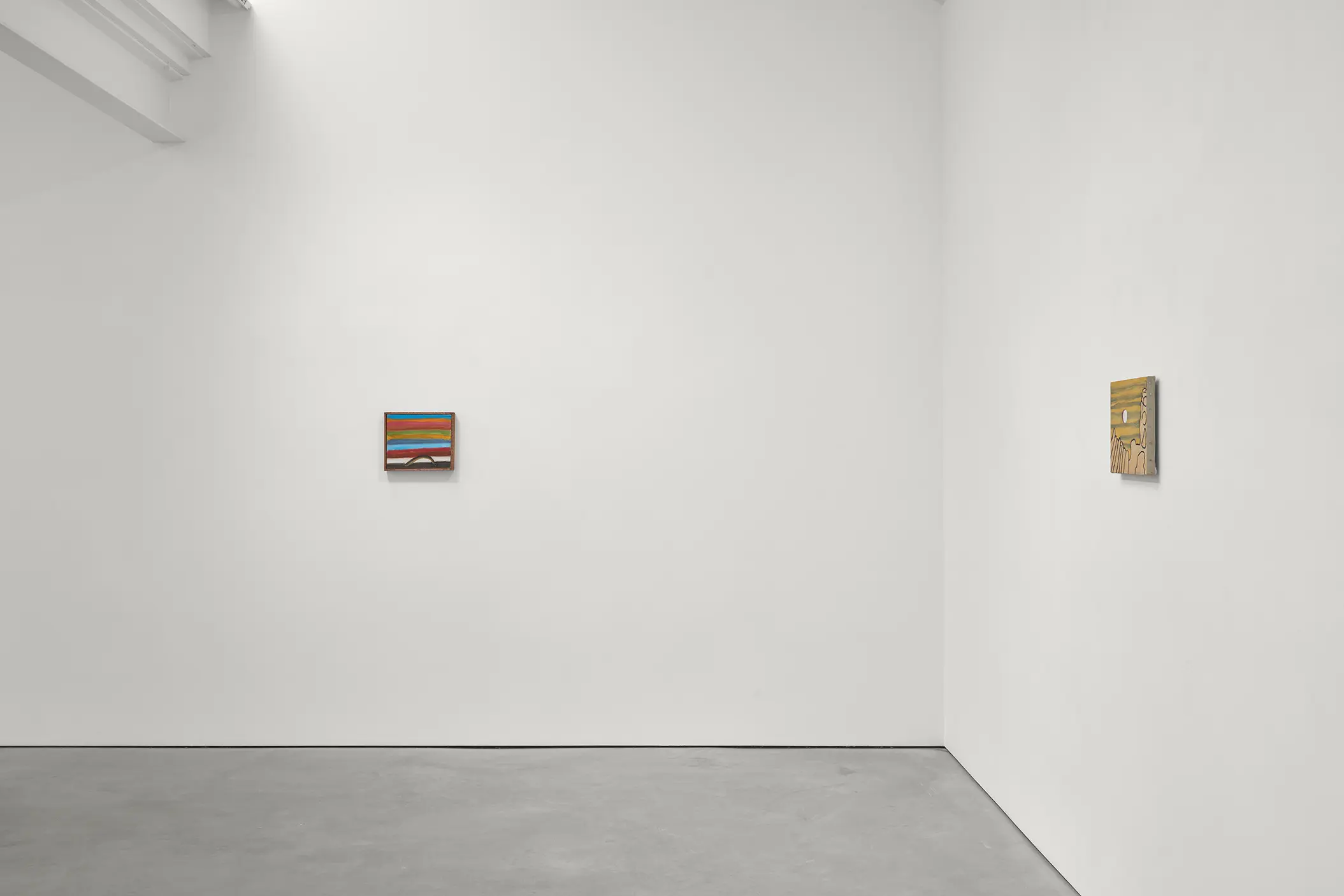
oil on canvas, 27.4 x 32.9 cm 10 3/4 x 13 in
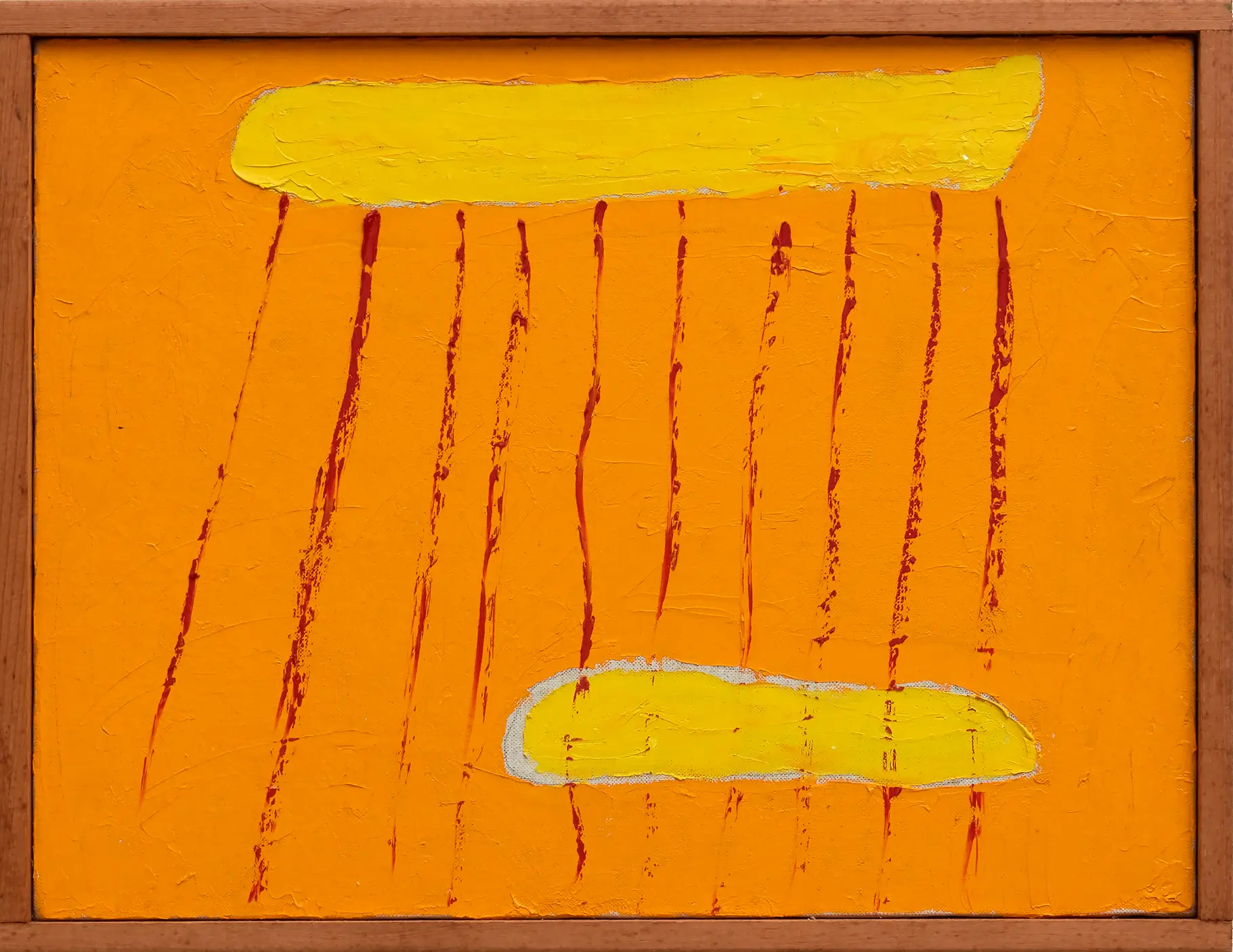
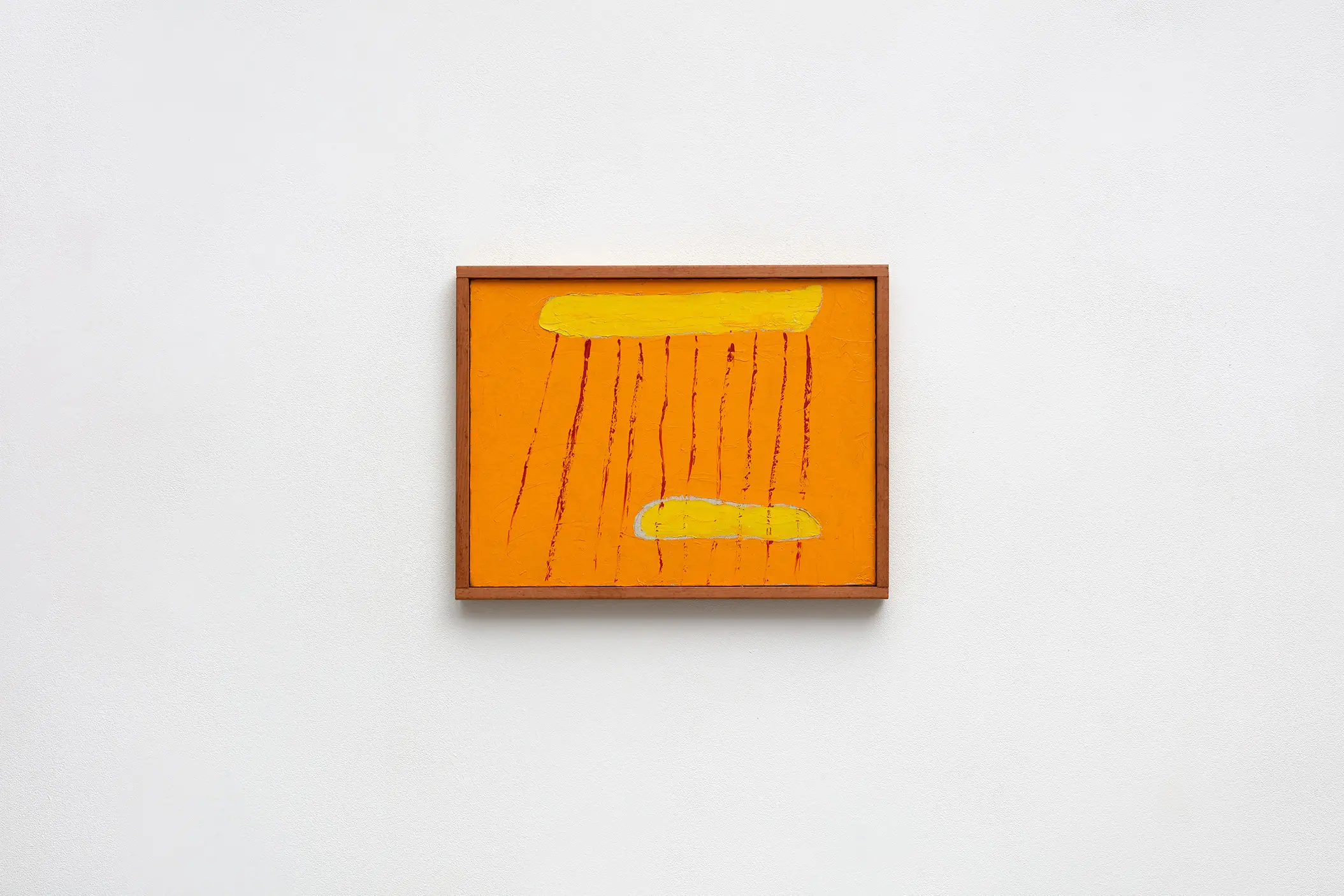
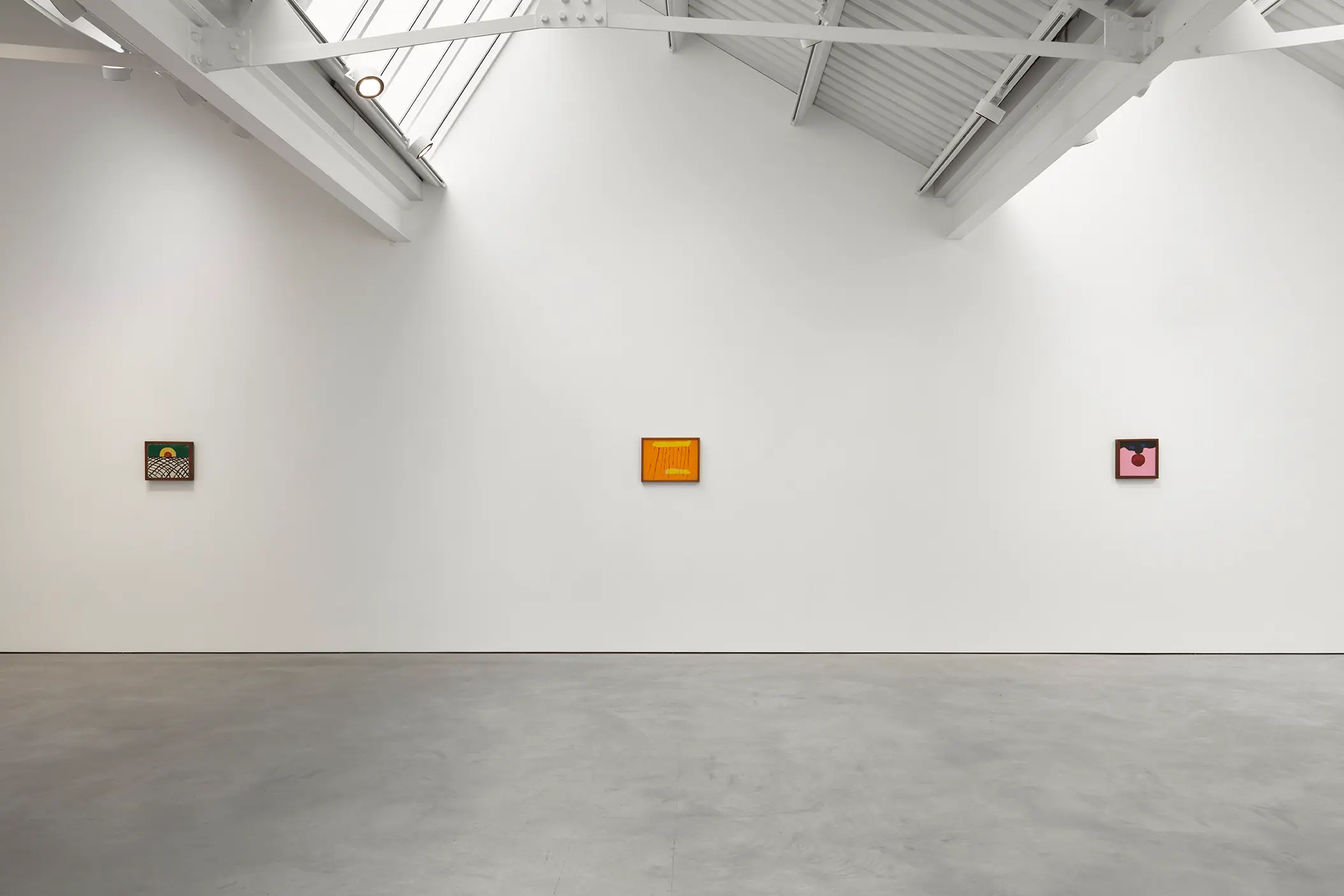
oil on canvas, 33.3 x 43.5 x 3.8 cm, 13 1/8 x 17 1/8 x 1 1/2 in
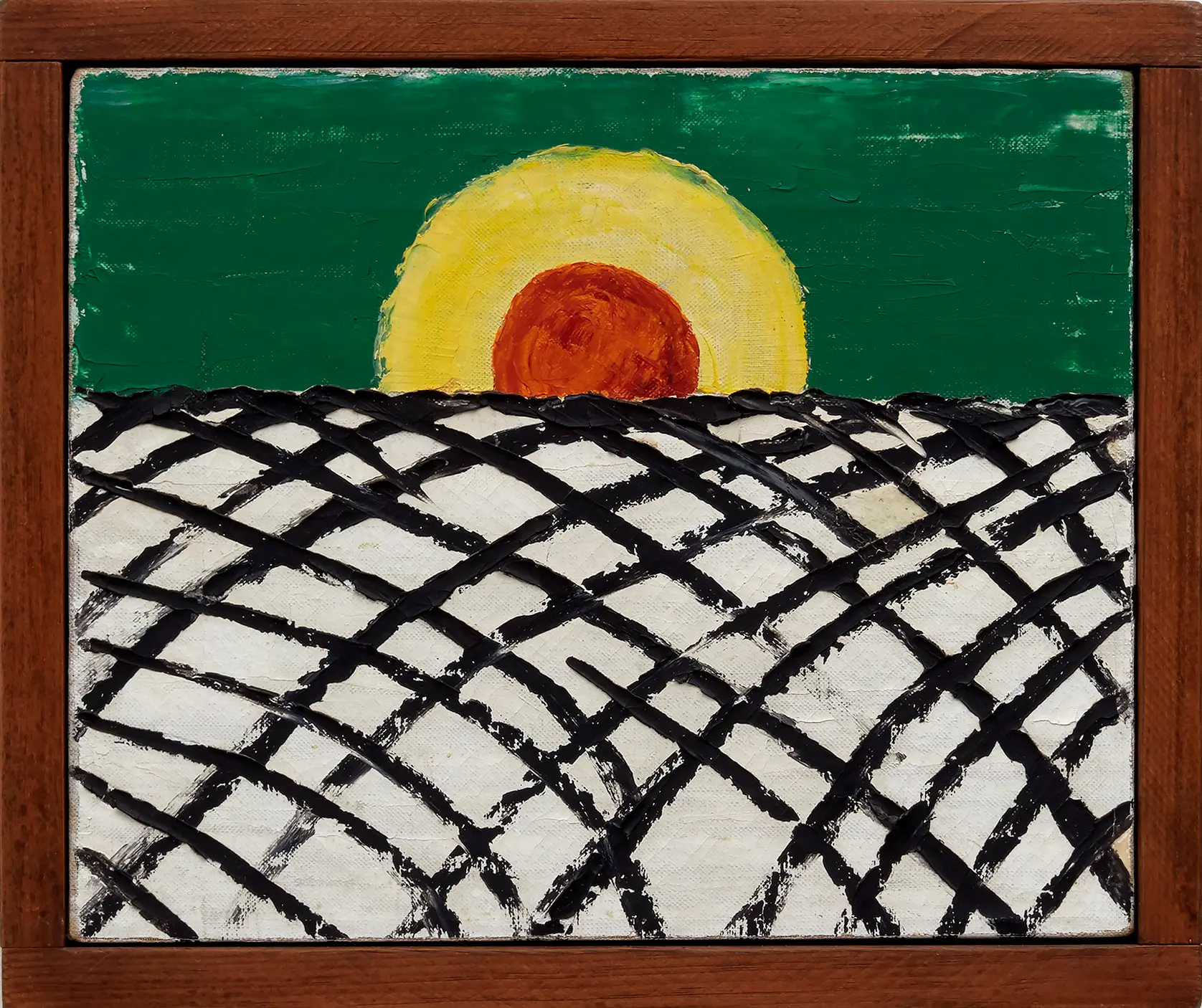
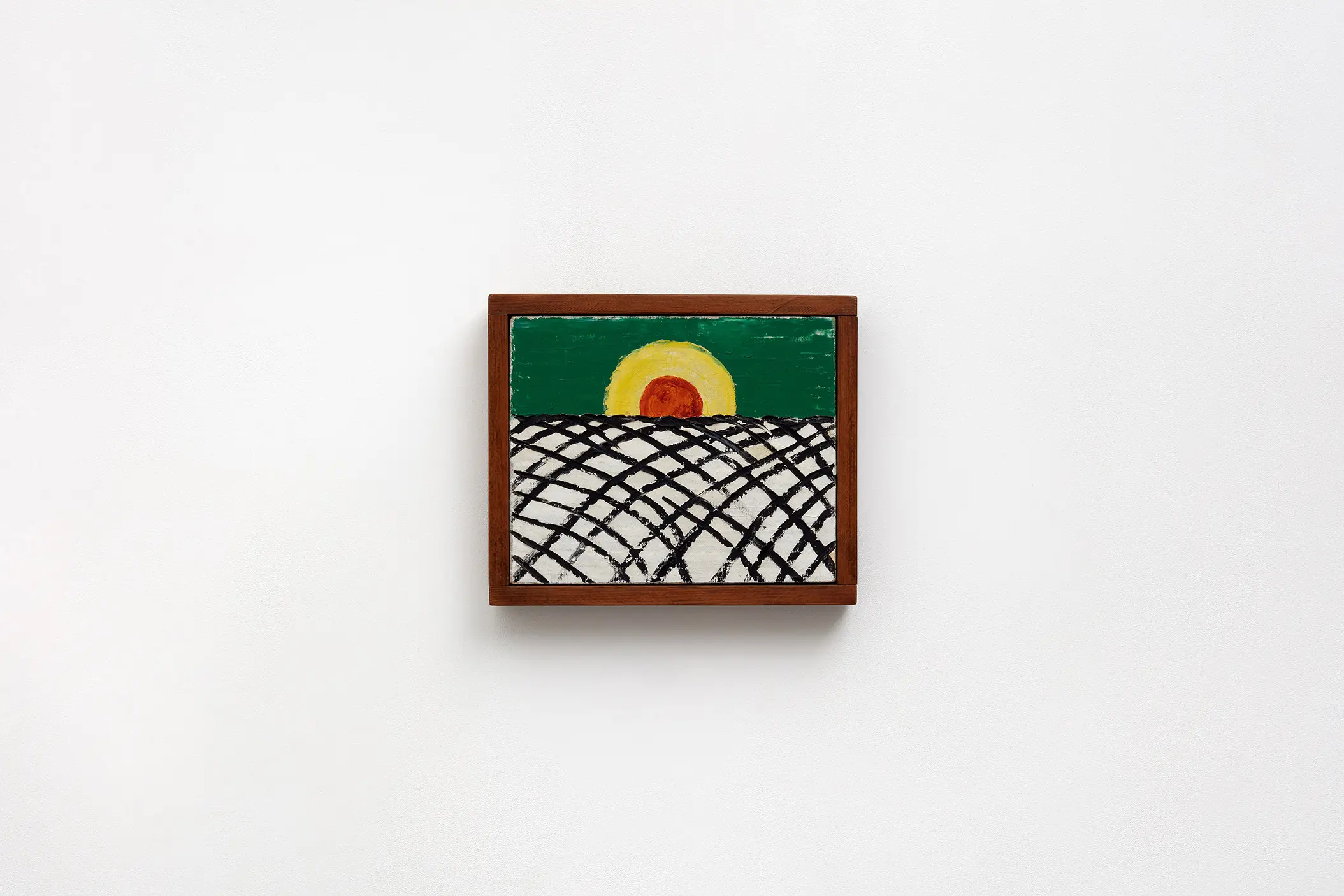
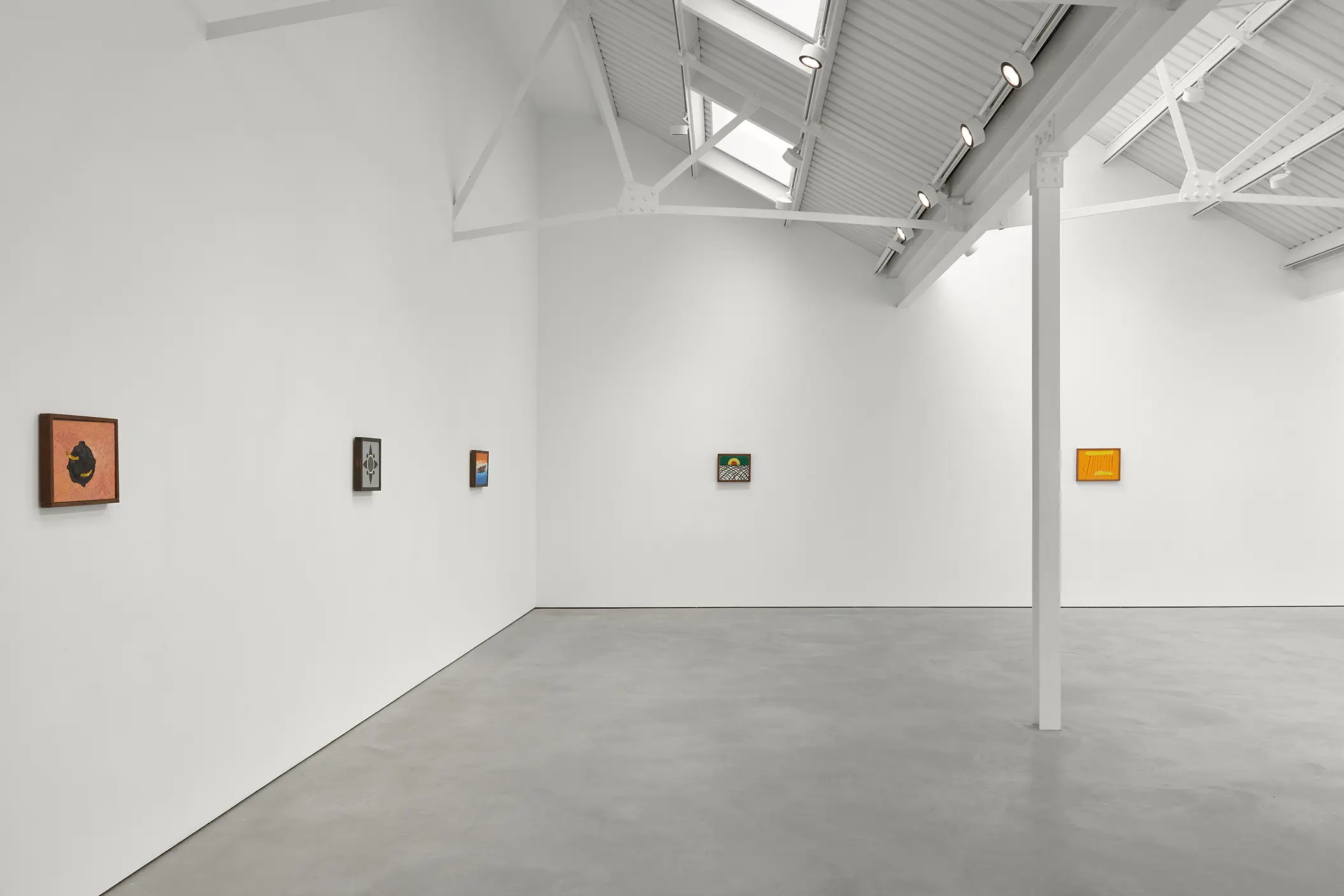
oil on canvas, 29.4 x 34.9 cm, 11 5/8 x 13 3/4 in
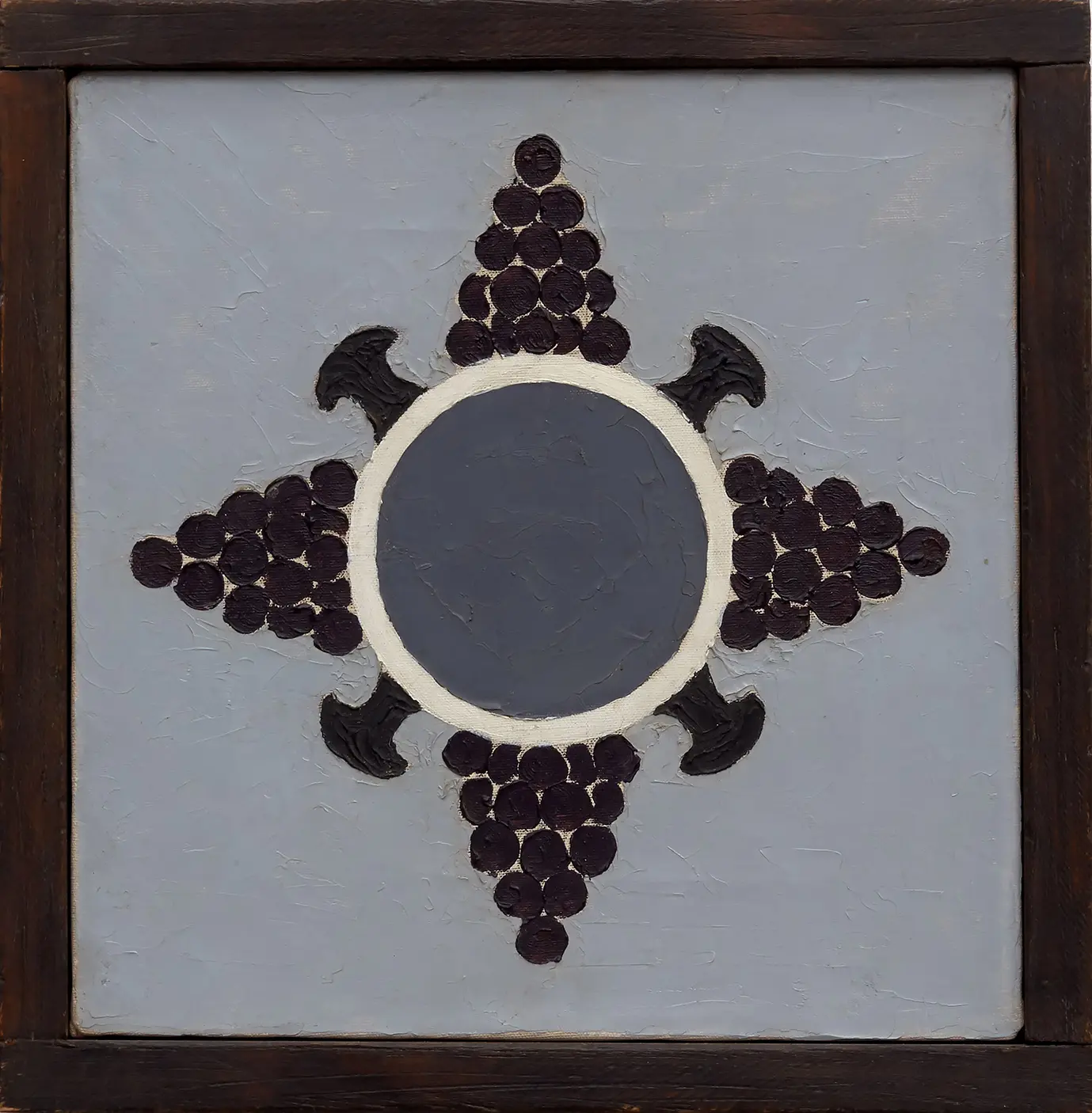

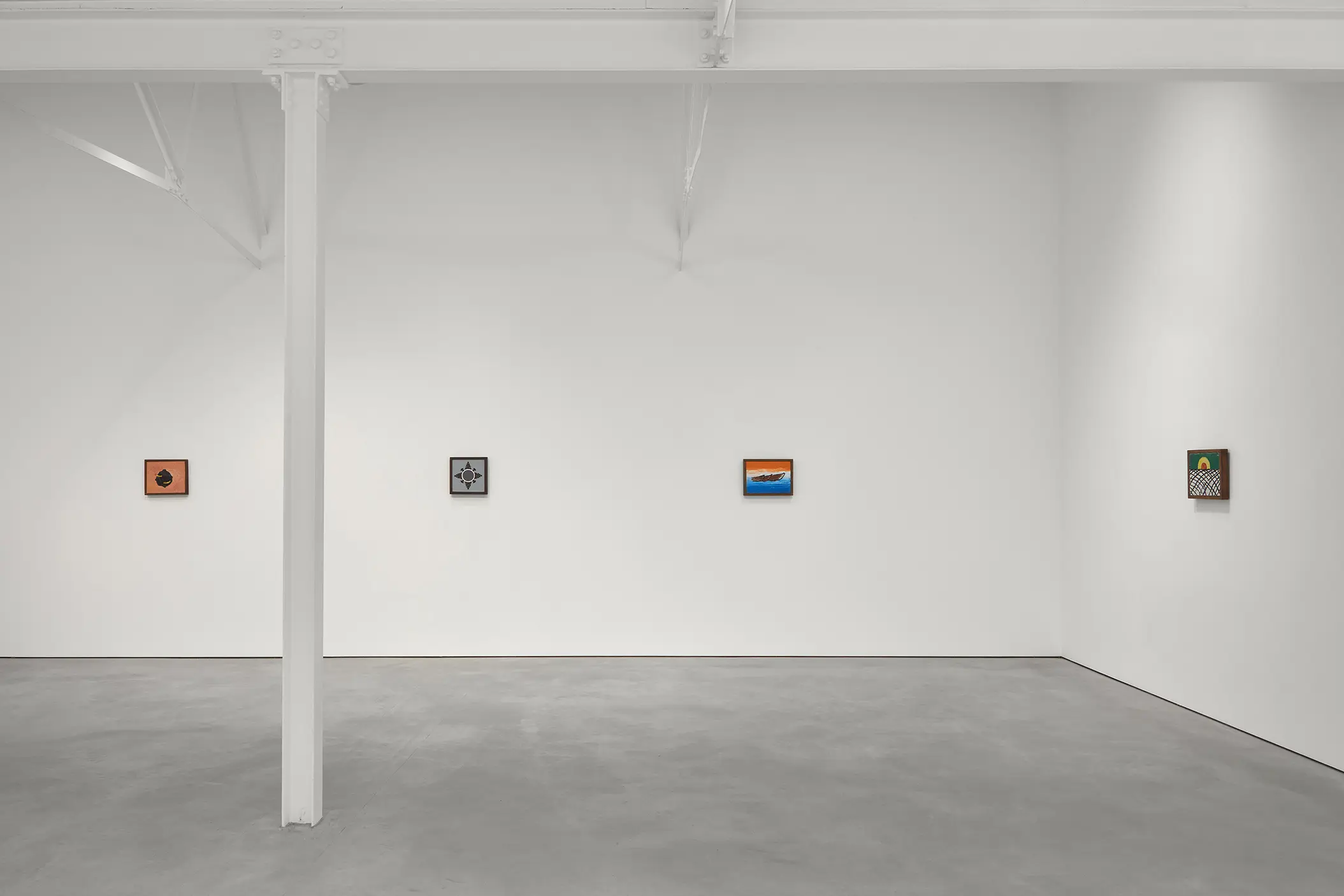
oil on canvas, 29.8 x 29.9 cm, 11 3/4 x 11 3/4 in
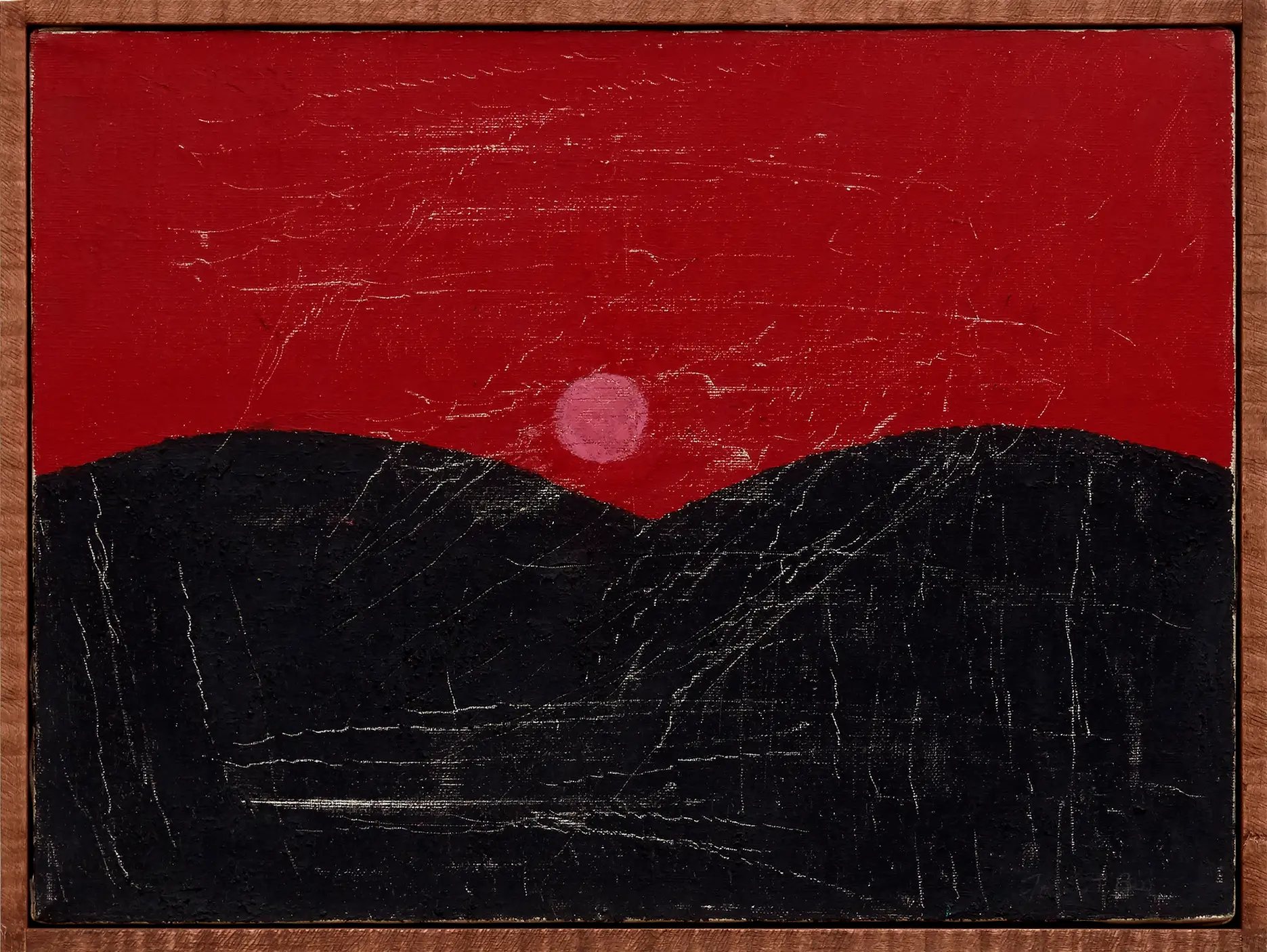
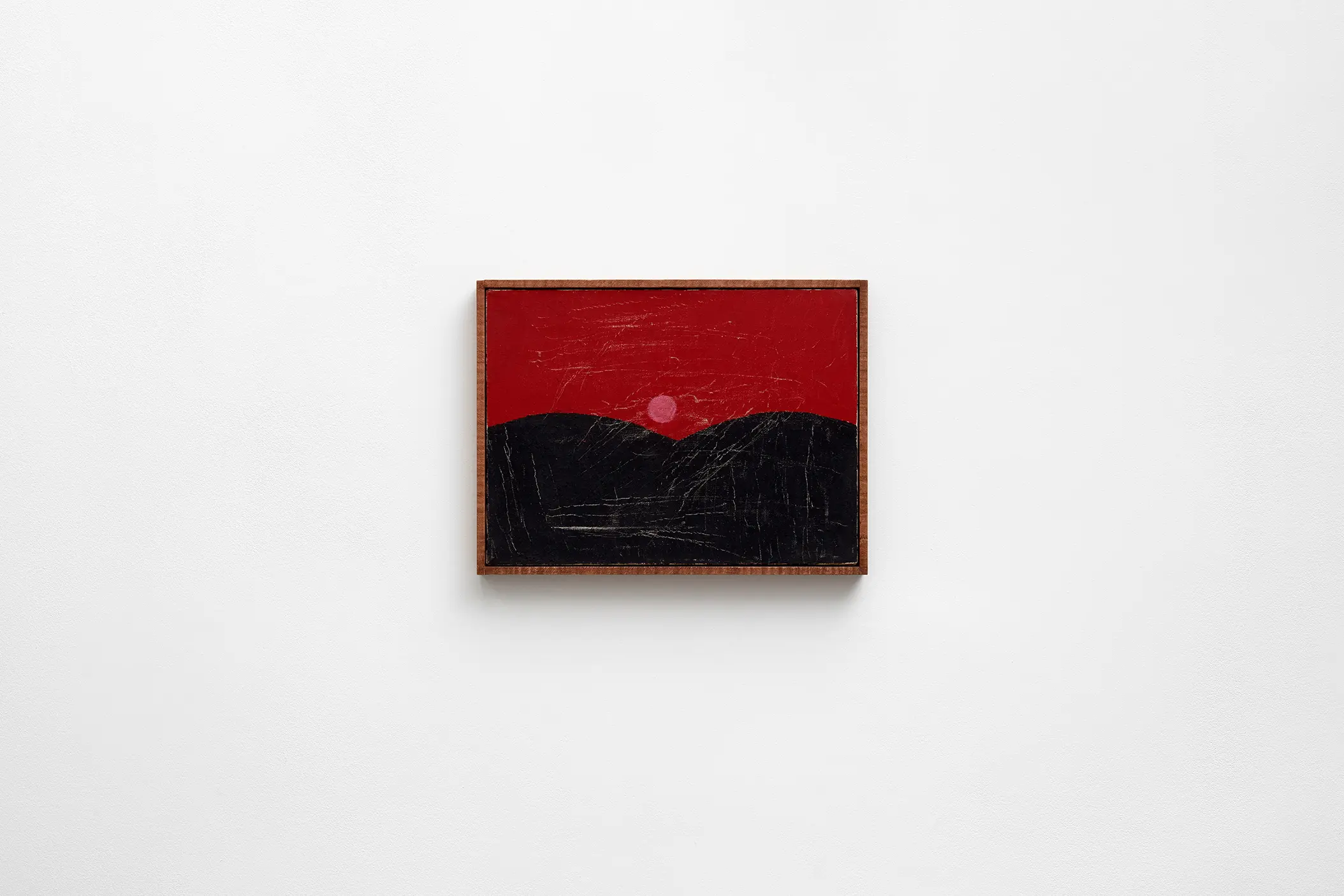
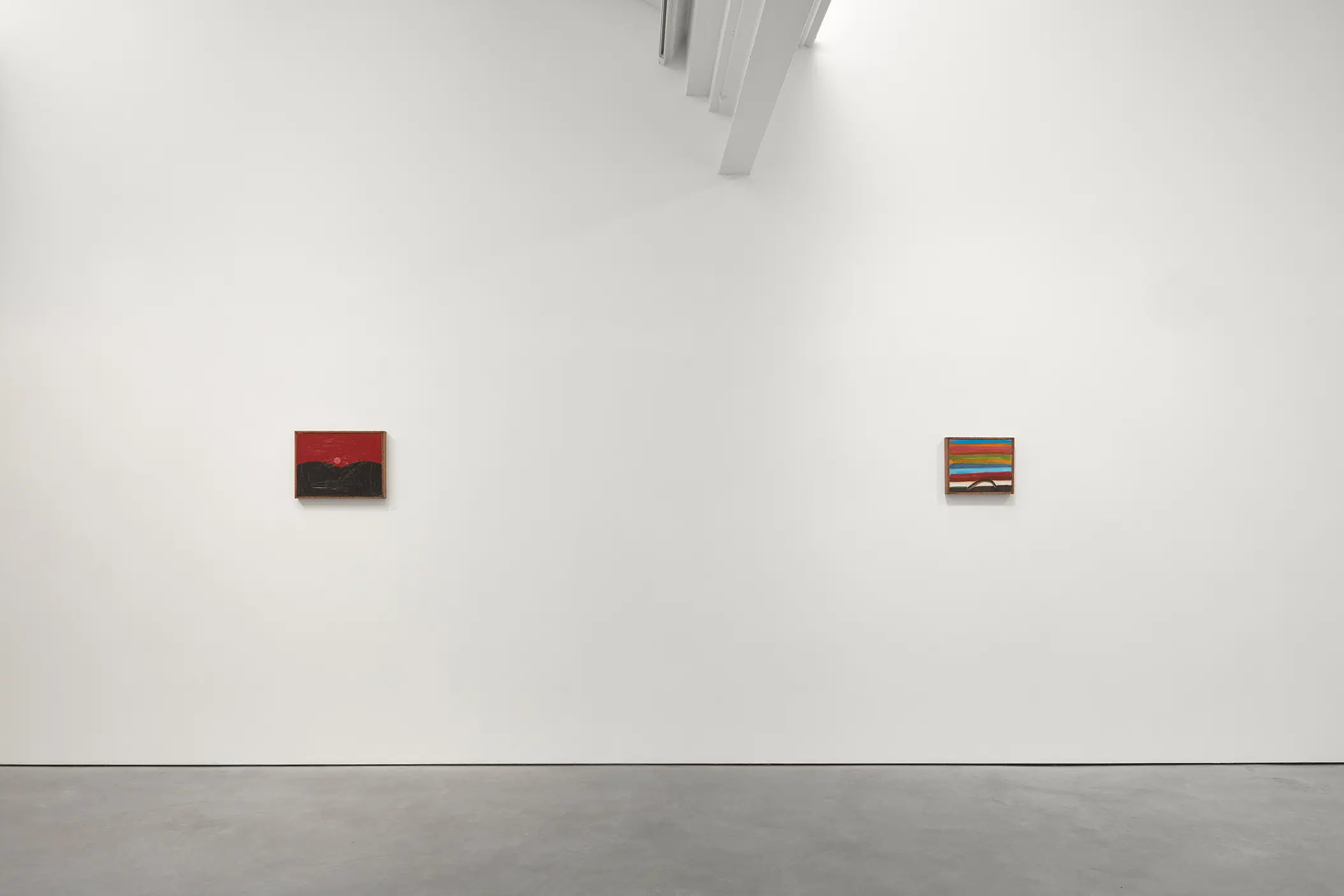
oil on canvas, 32.5 x 43 cm, 12 3/4 x 16 7/8 in
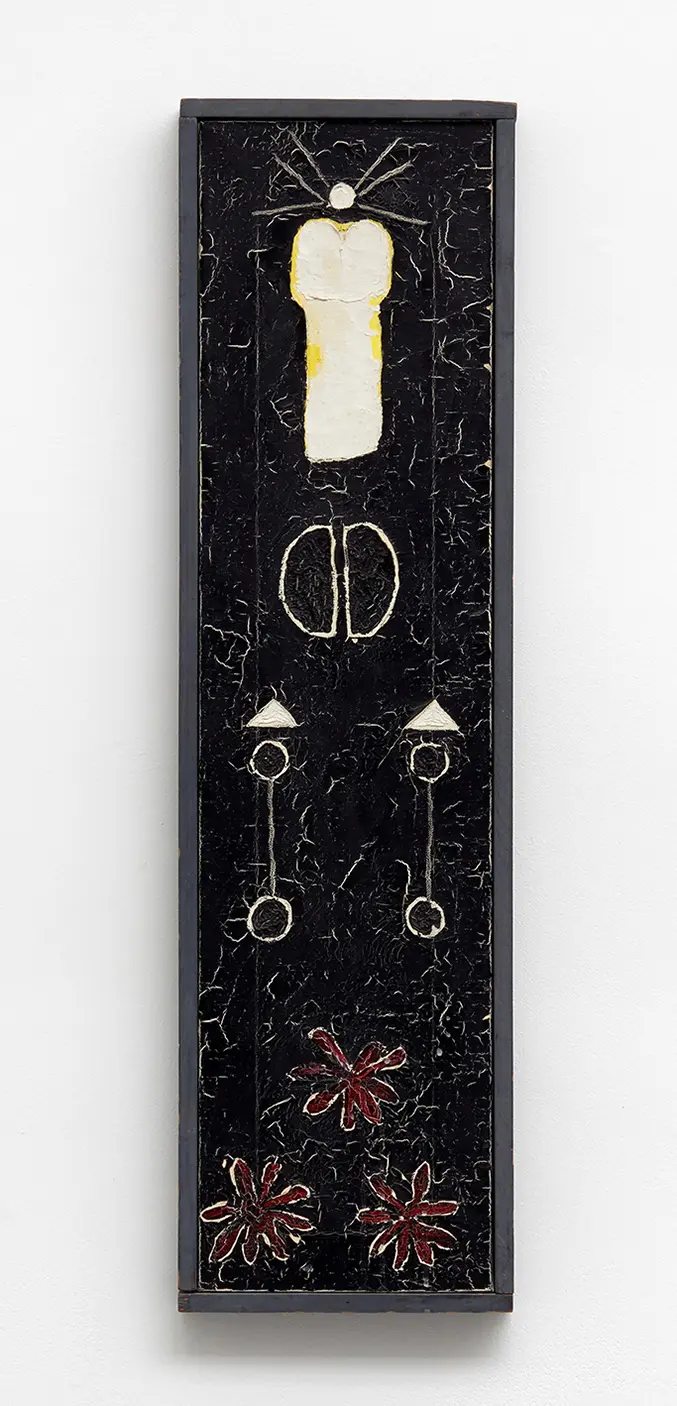
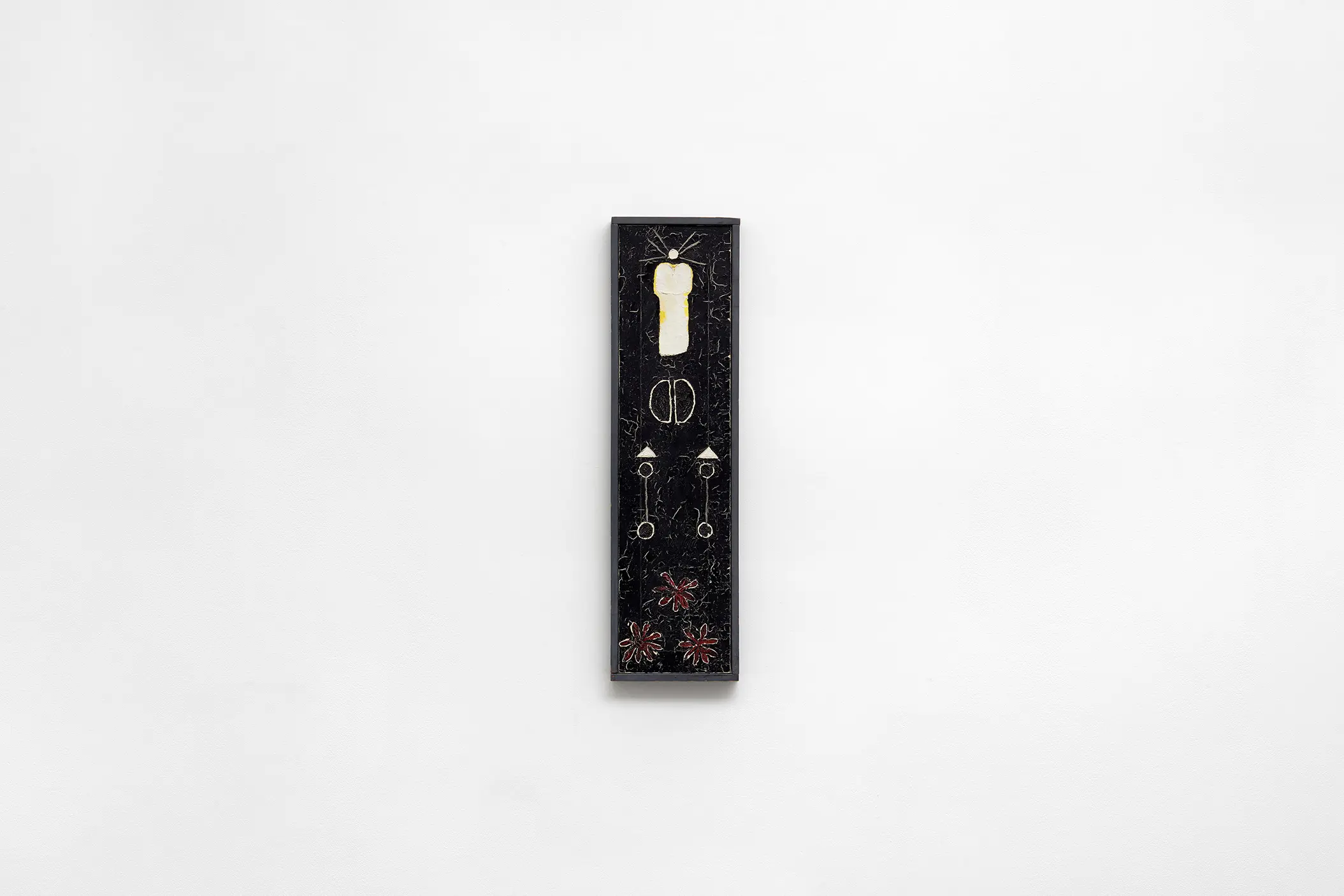

oil on canvas, 73.2 x 20.2 cm, 28 7/8 x 8 in

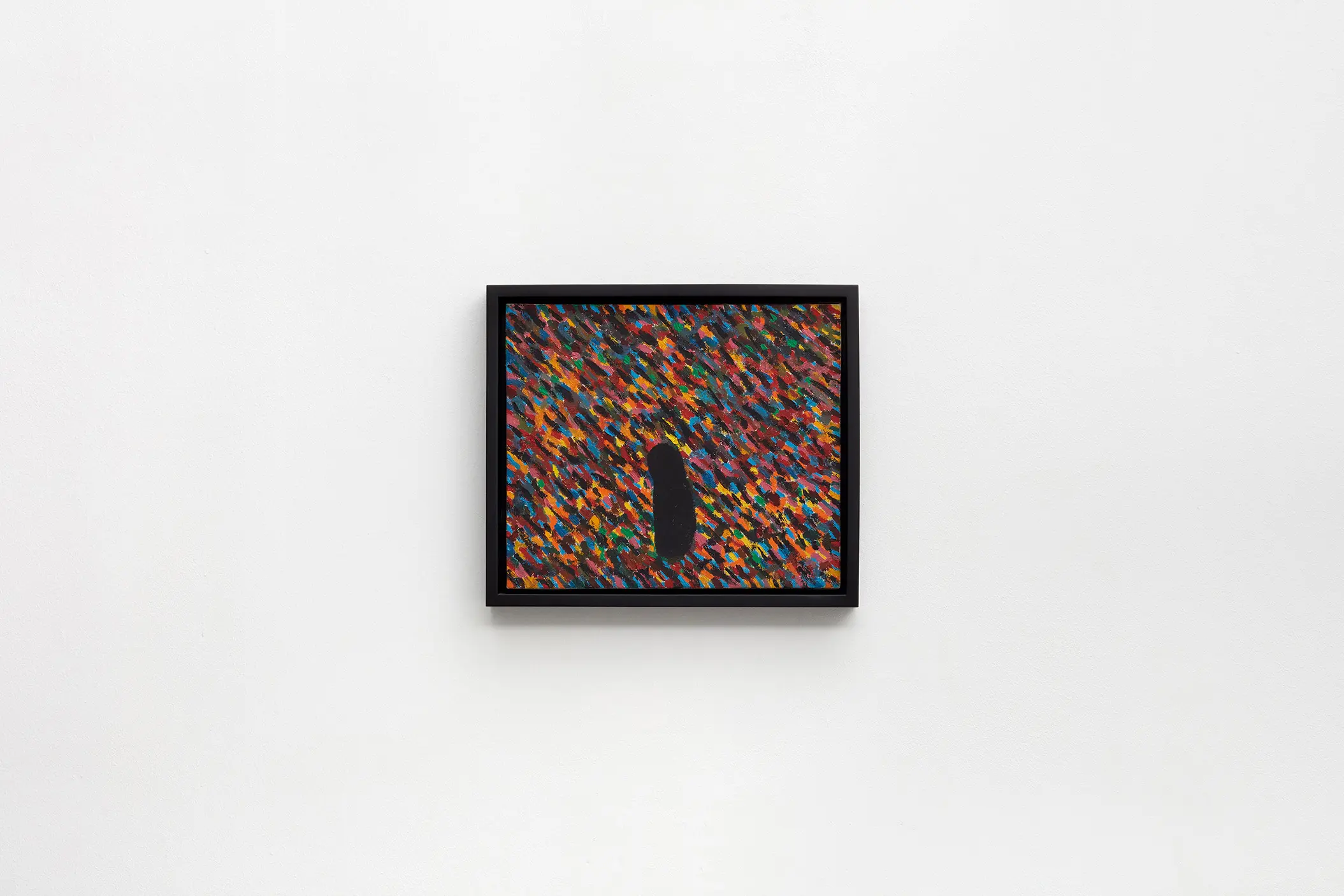

oil on canvas, 34.1 x 39.7 cm, 13 3/8 x 15 5/8 in
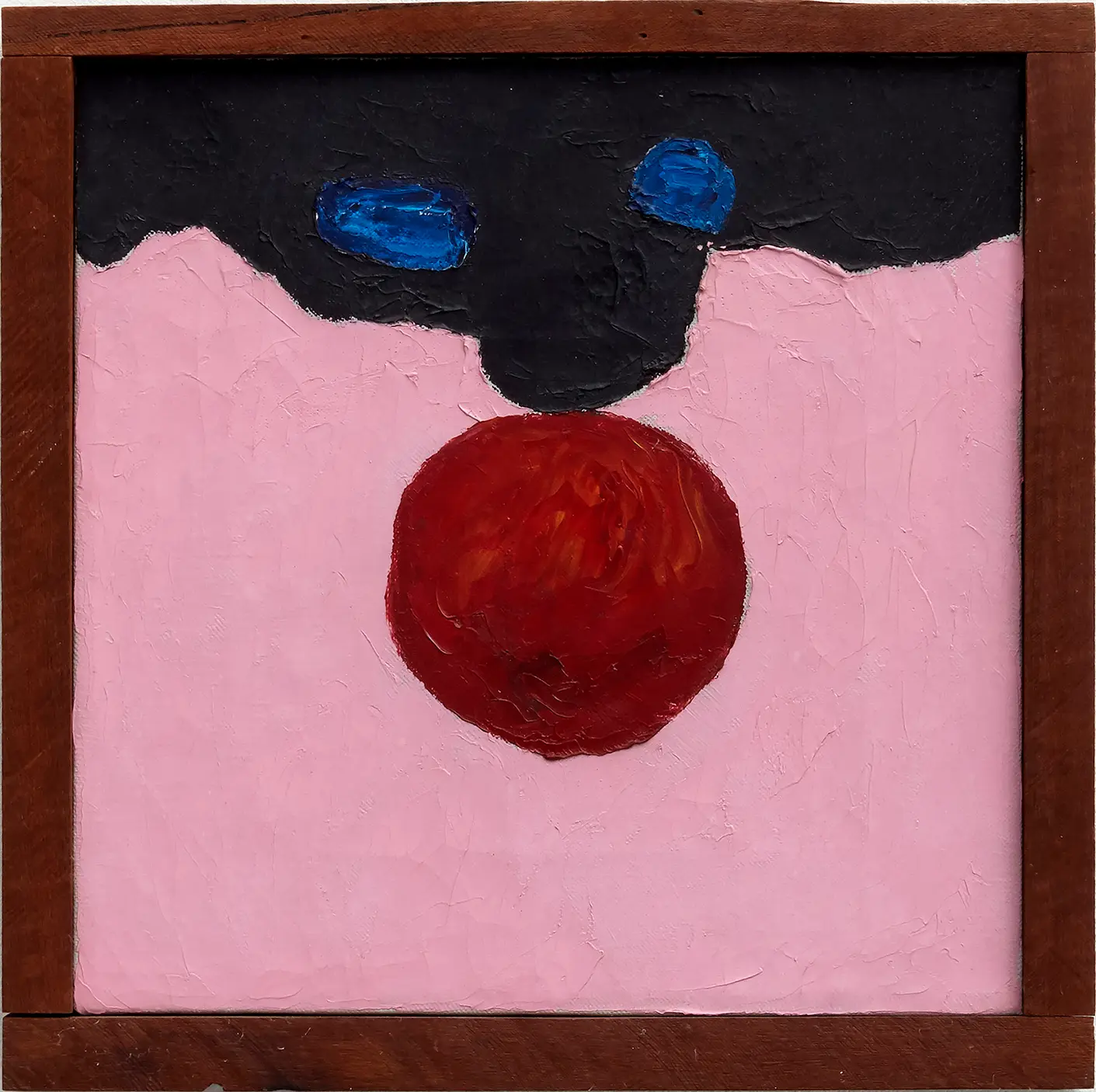
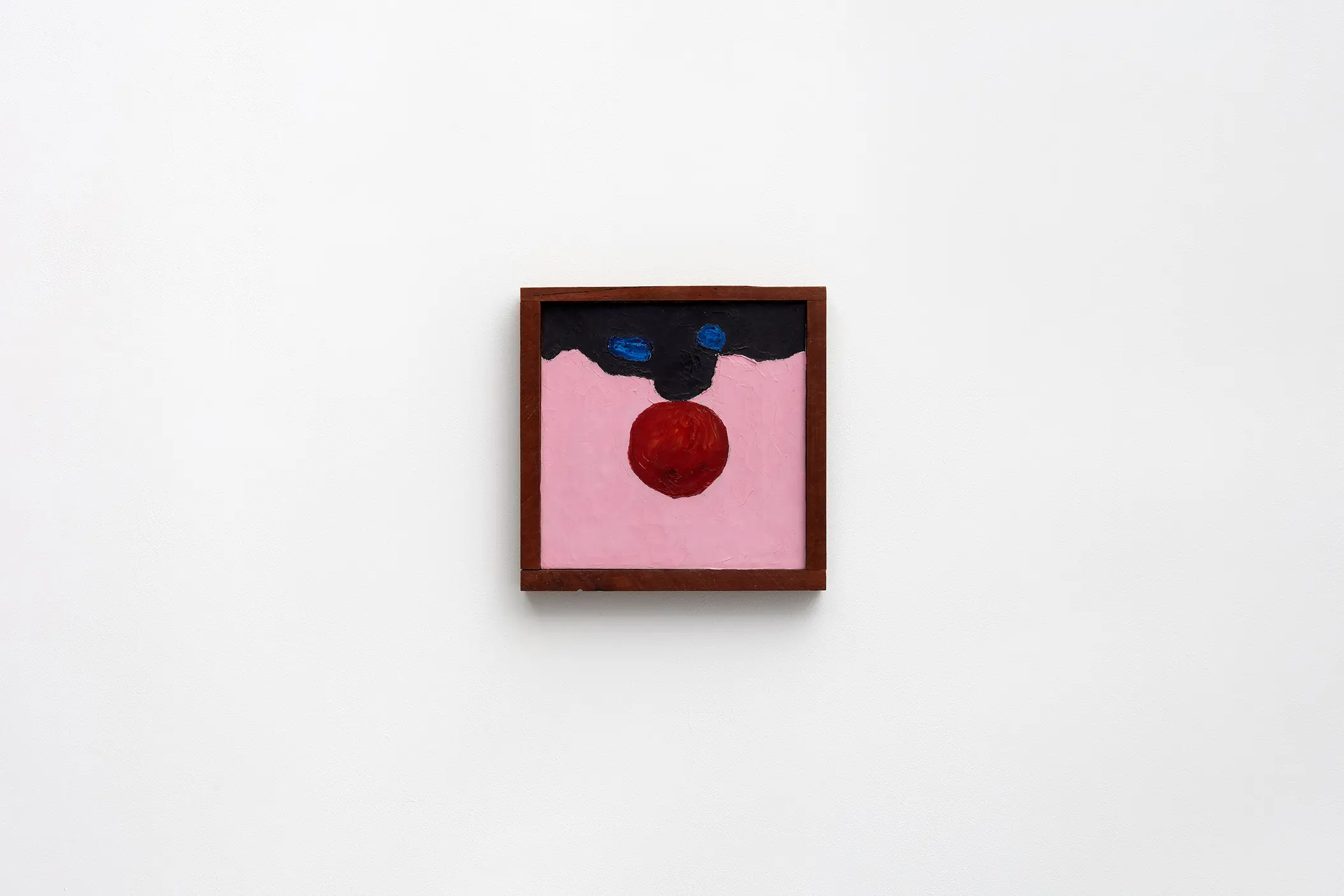
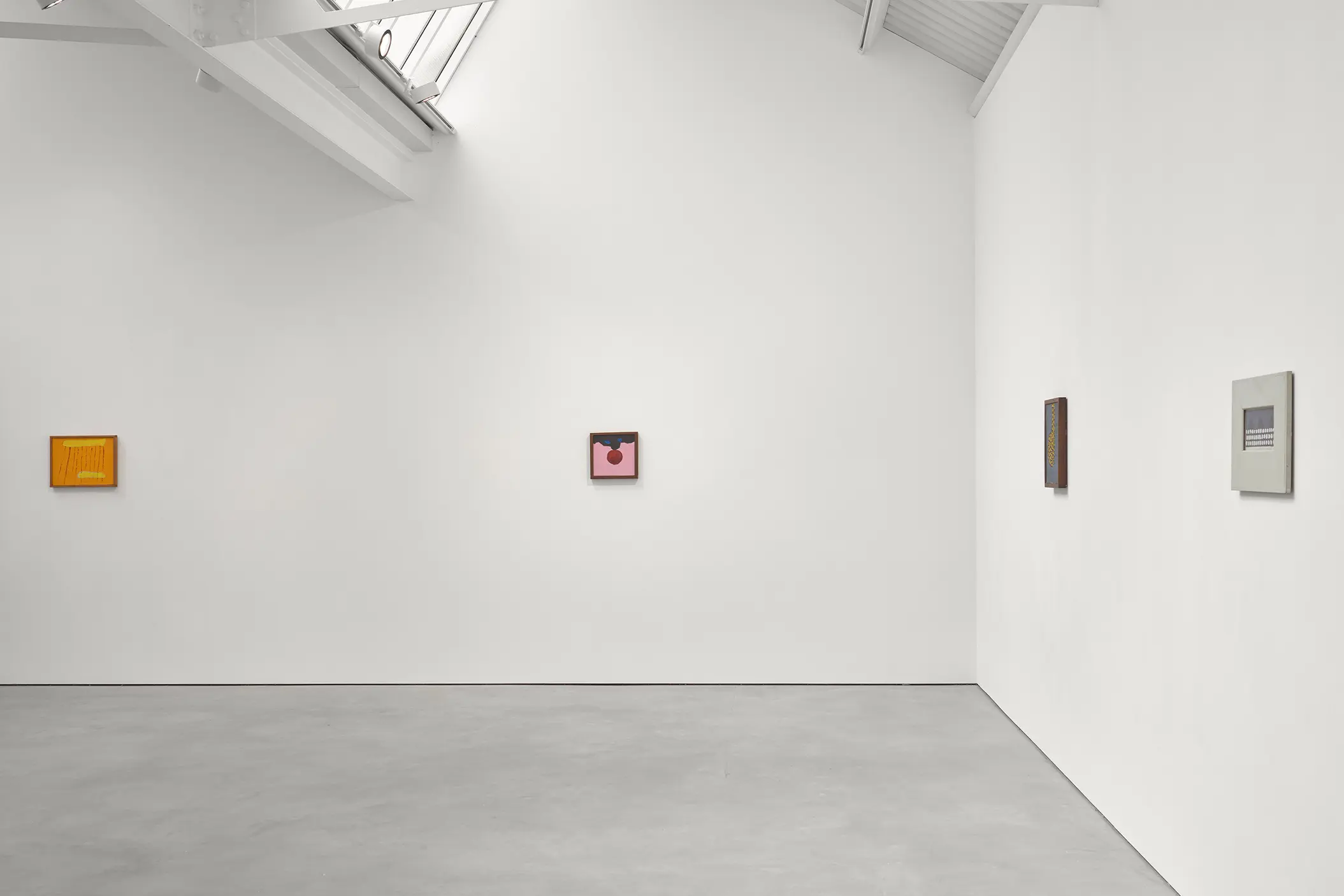
oil on canvas mounted on board, 29.2 x 29.9 cm, 11 1/2 x 11 3/4 in
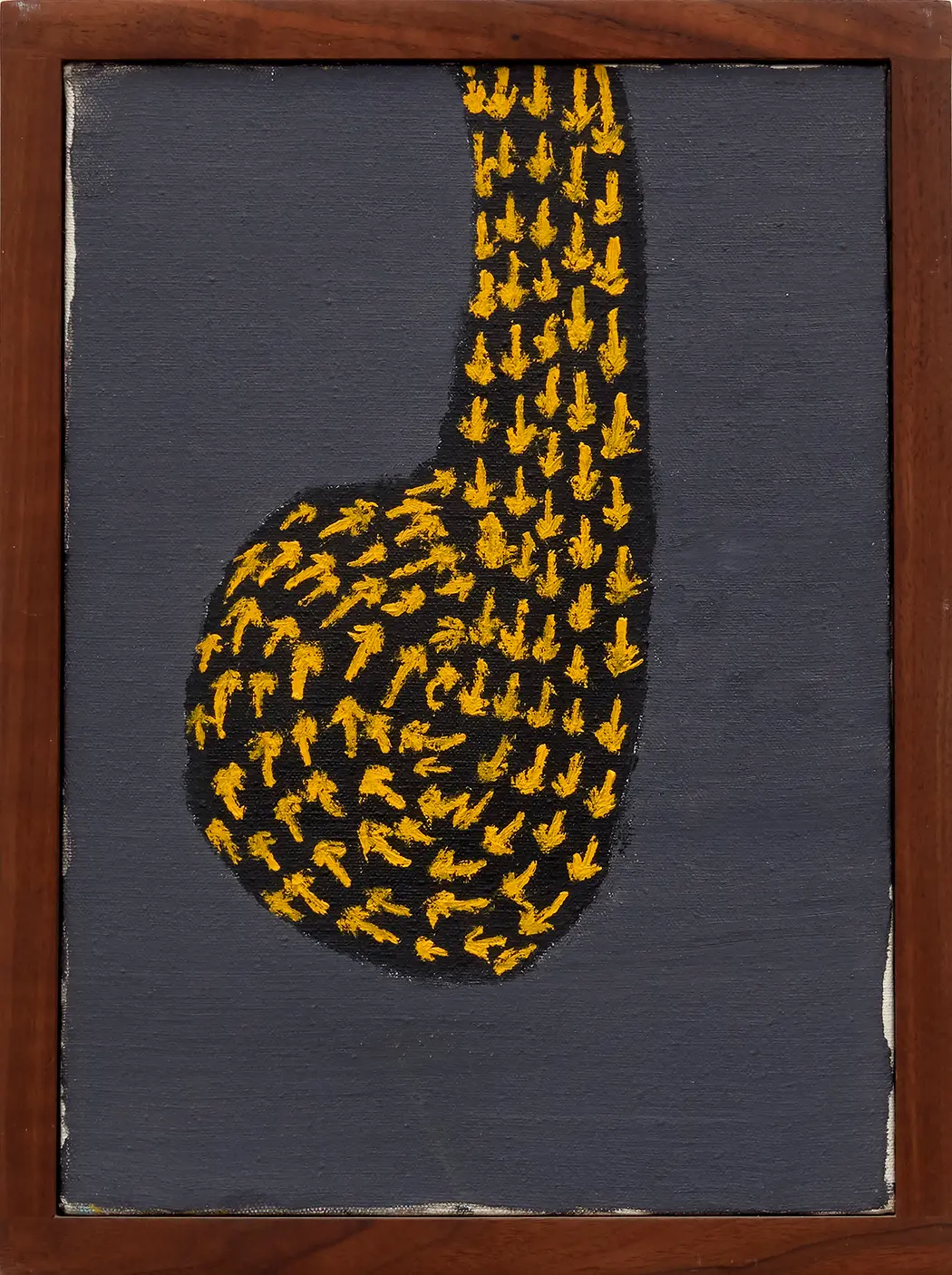
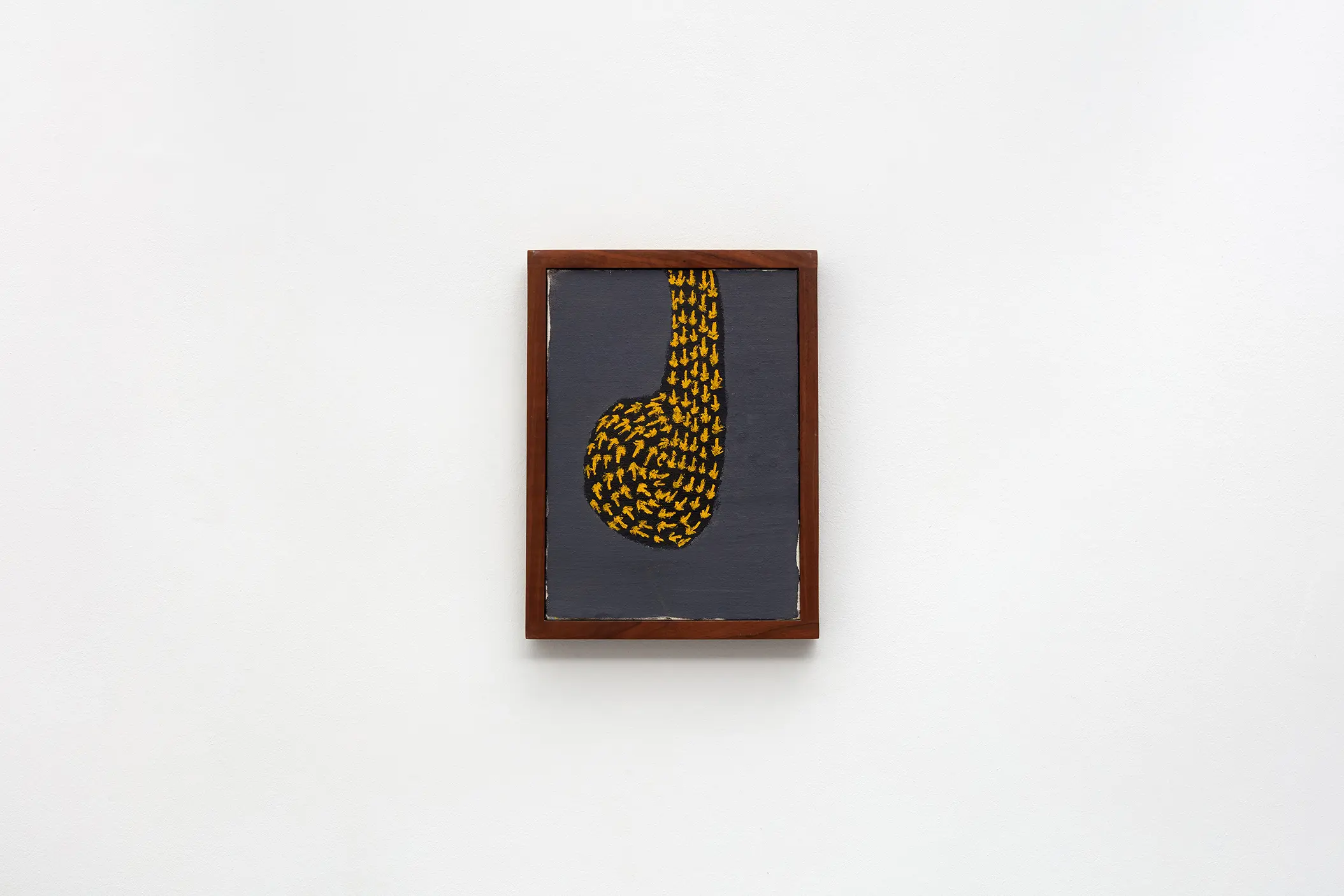
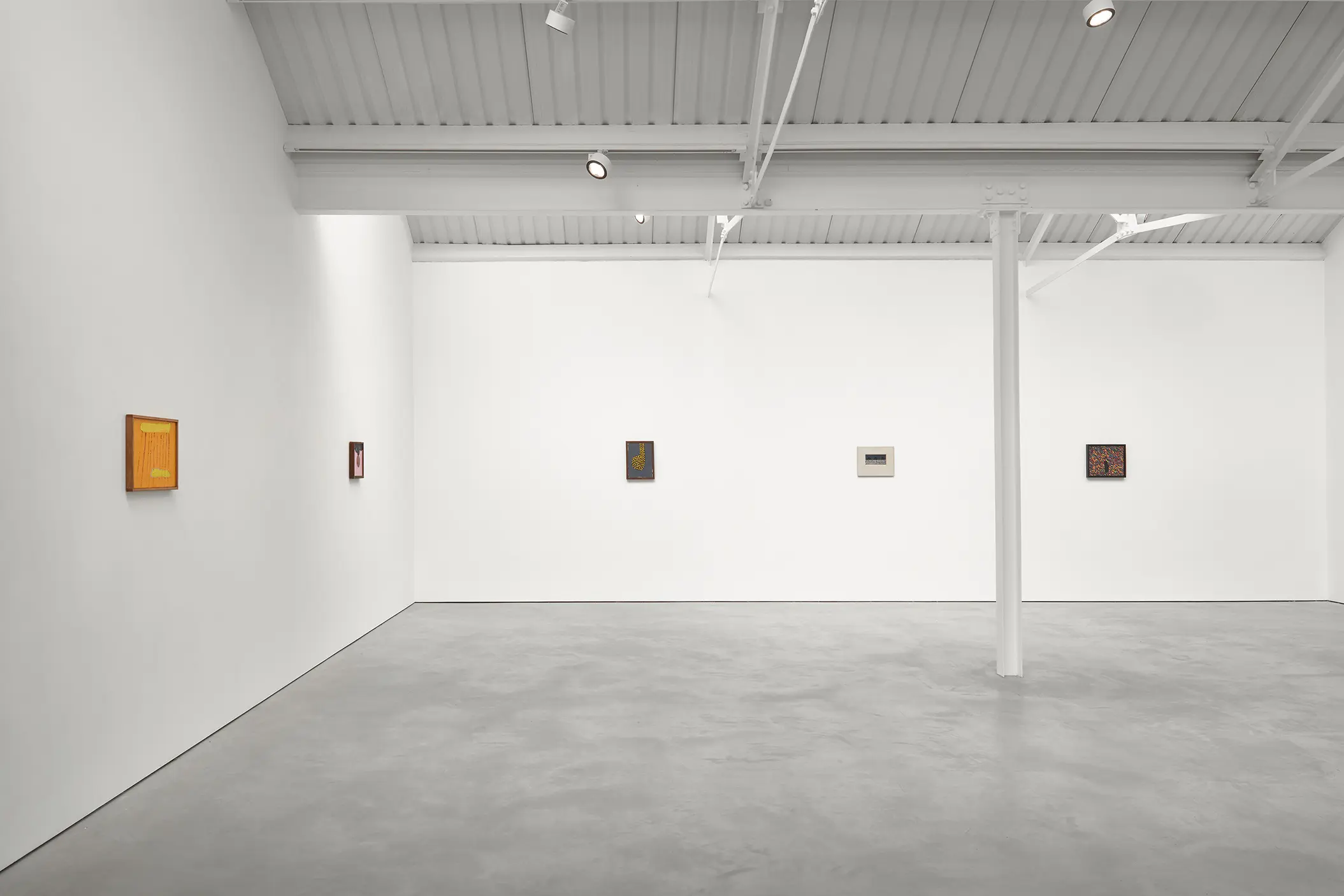
oil on canvas, 39.3 x 29.5 cm, 15 1/2 x 11 5/8 in
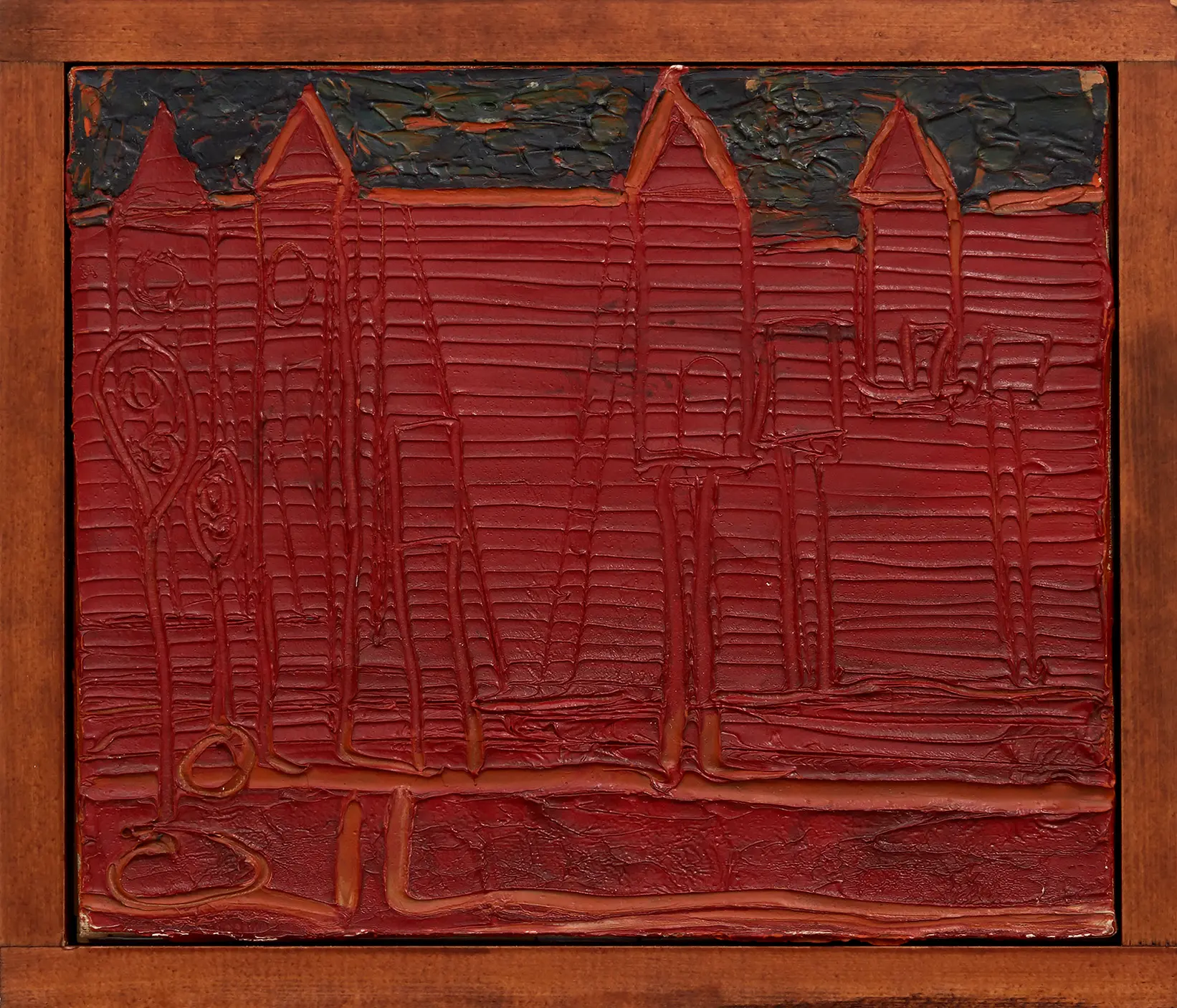
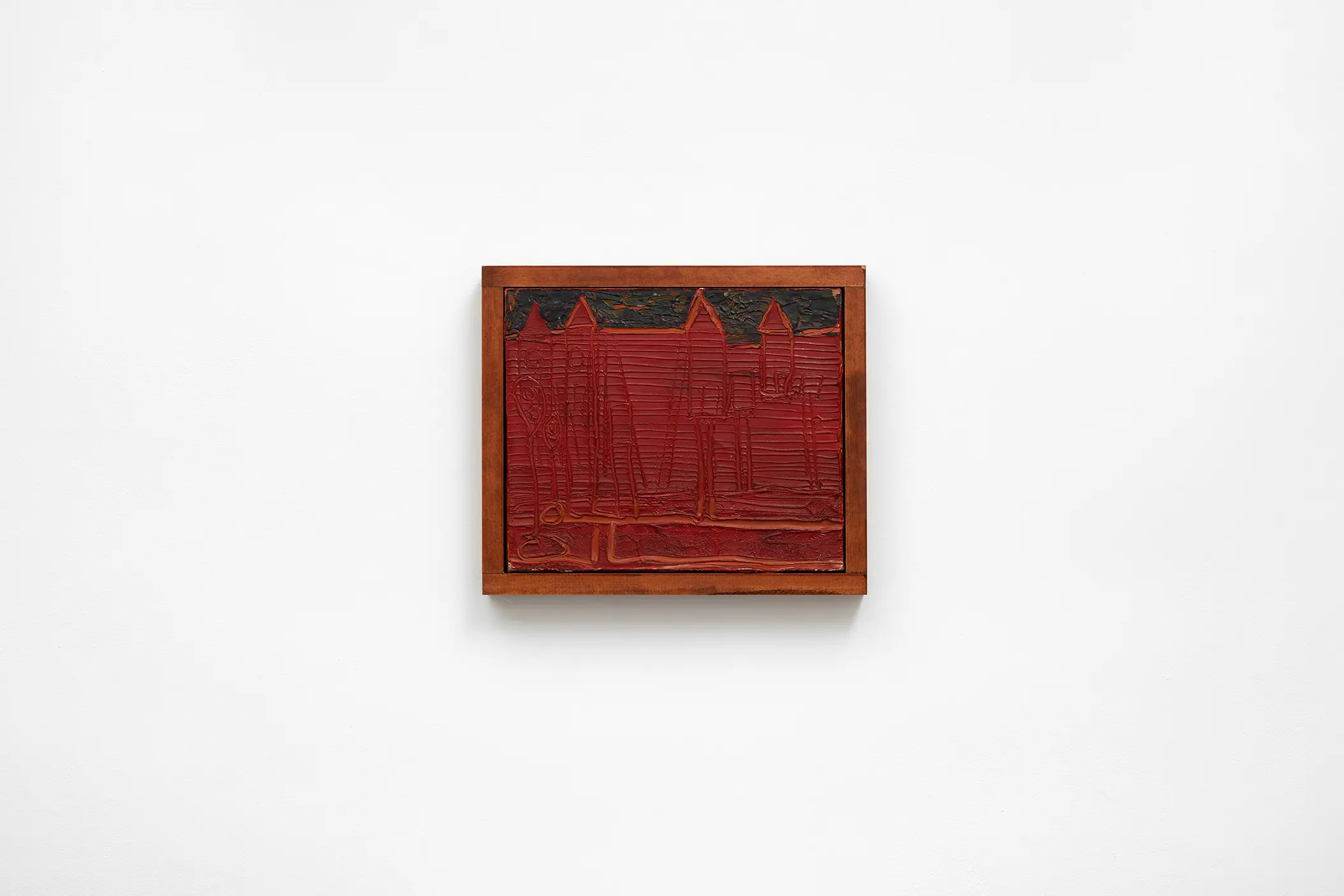
oil on canvas, 30 x 35 cm, 11 3/4 x 13 3/4 in
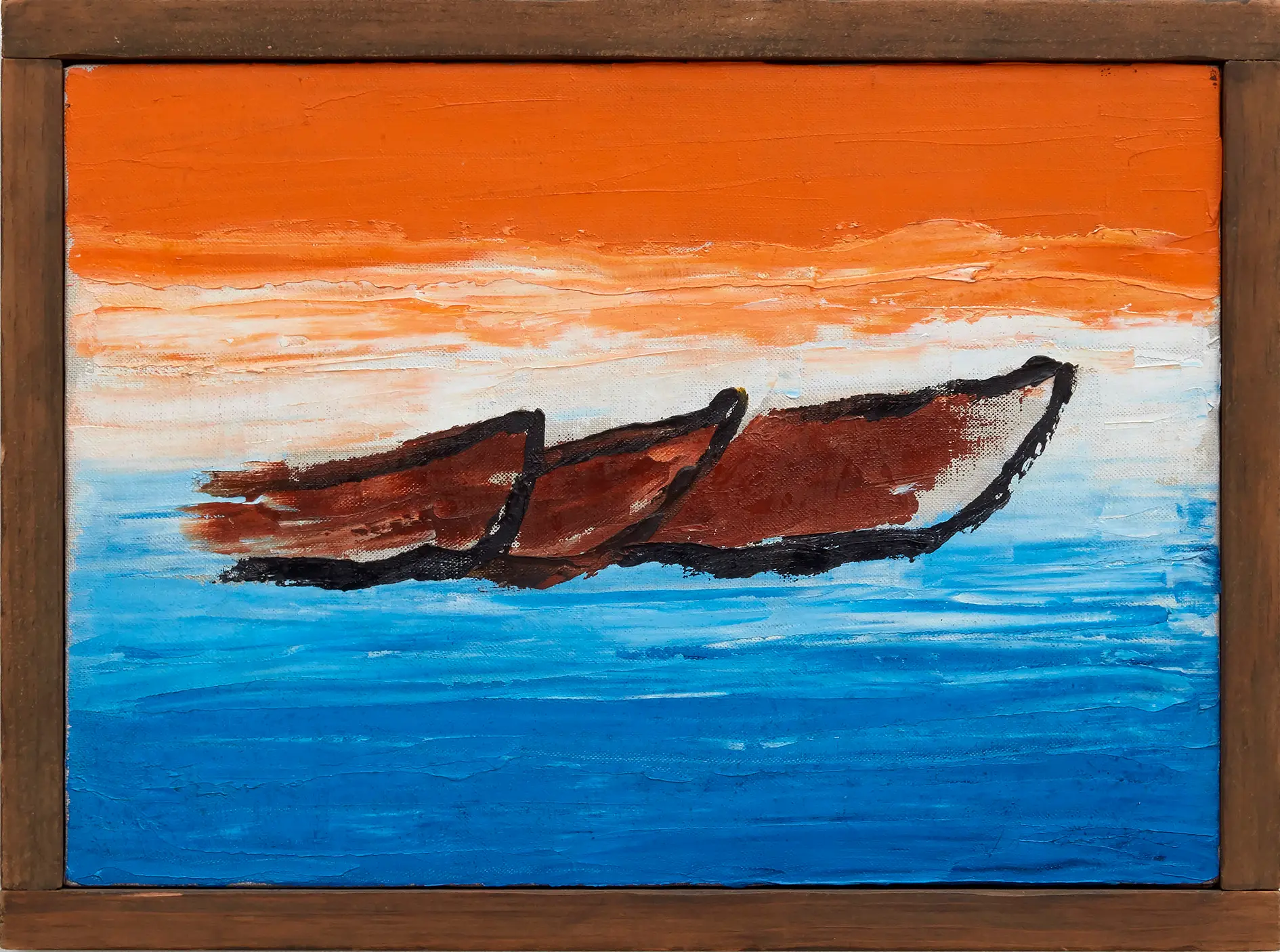

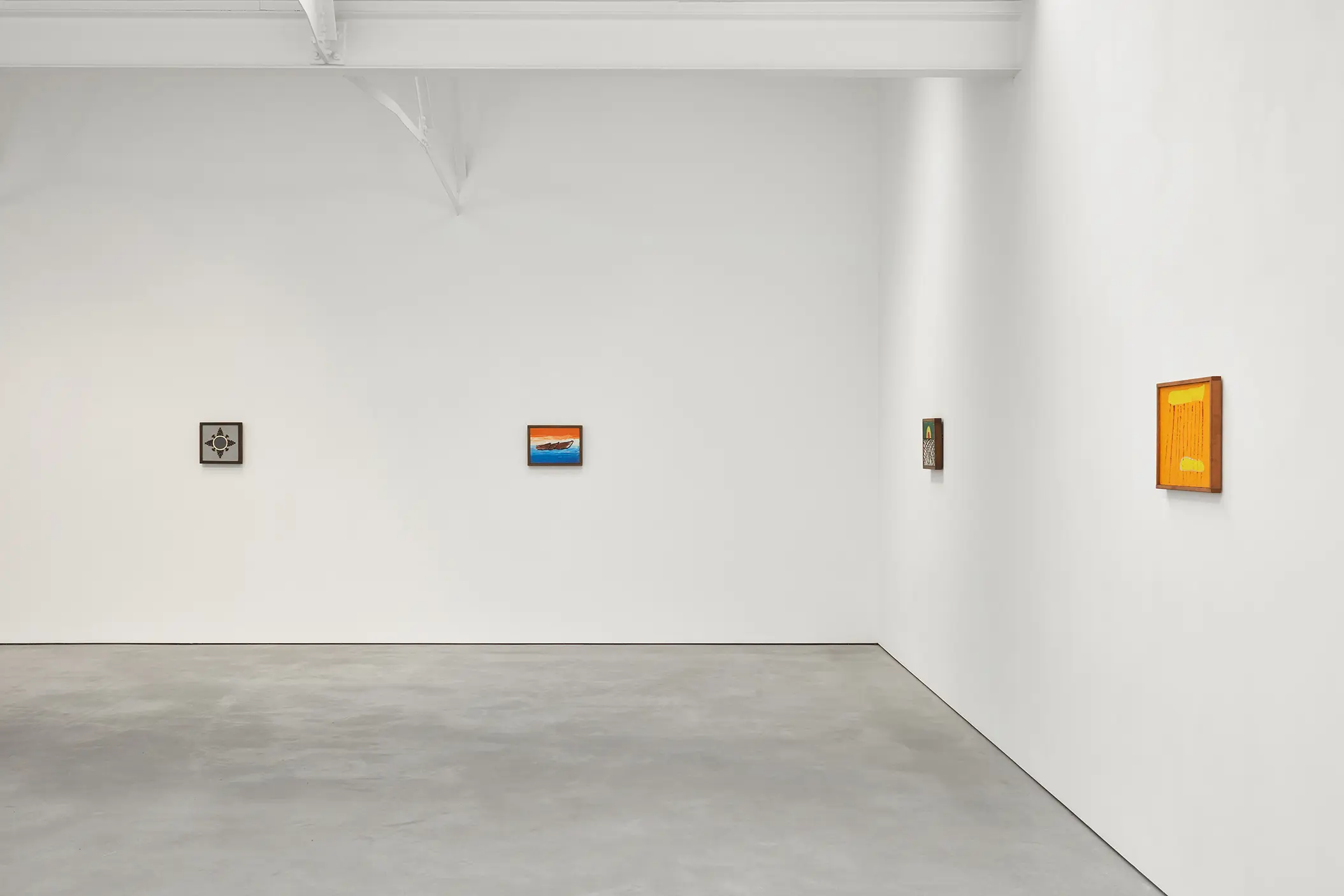
oil on canvas, 29.5 x 39.8 cm, 11 5/8 x 15 5/8 in
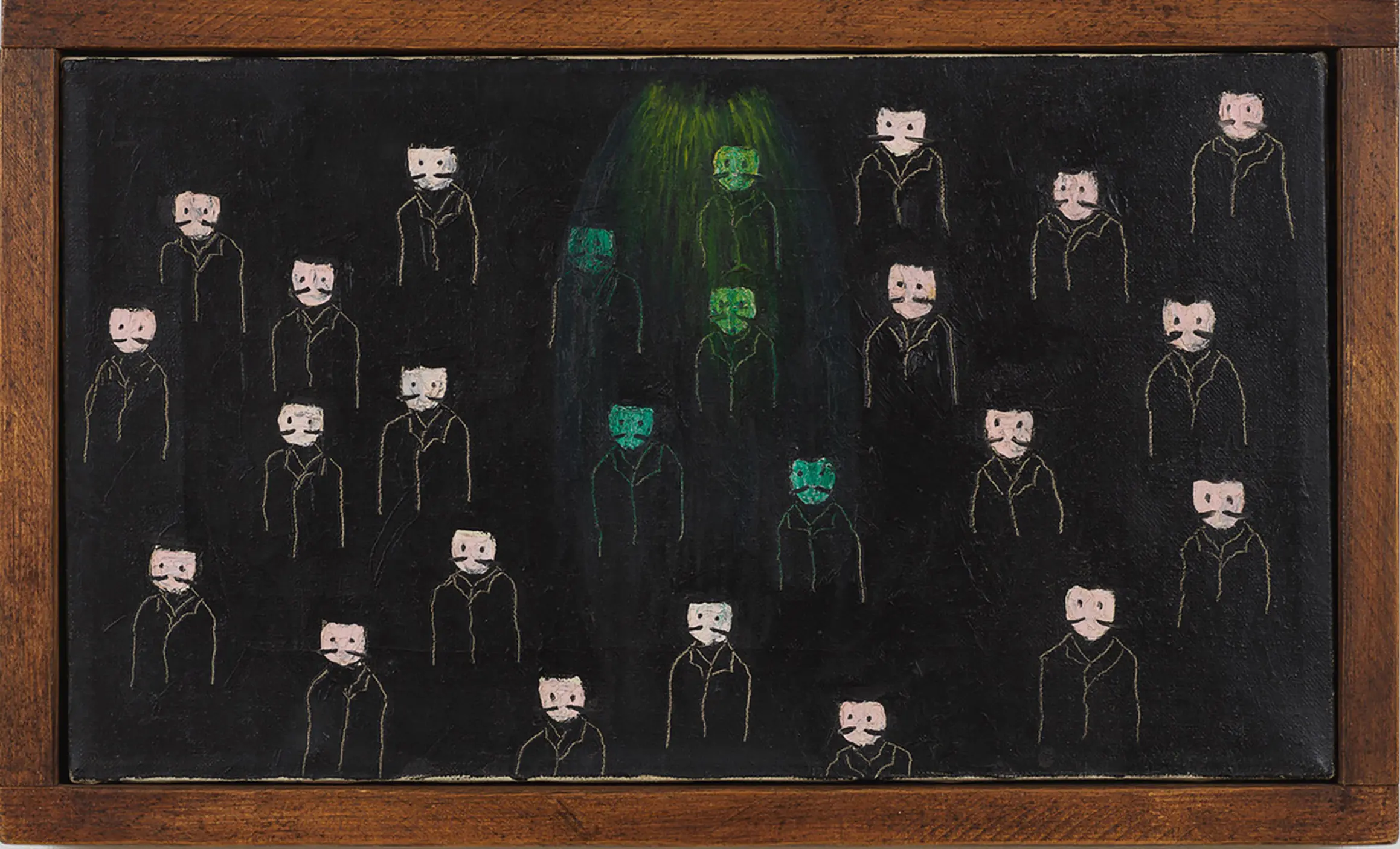

oil on linen, 23.5 x 41.3 cm, 9 1/4 x 16 1/4 in
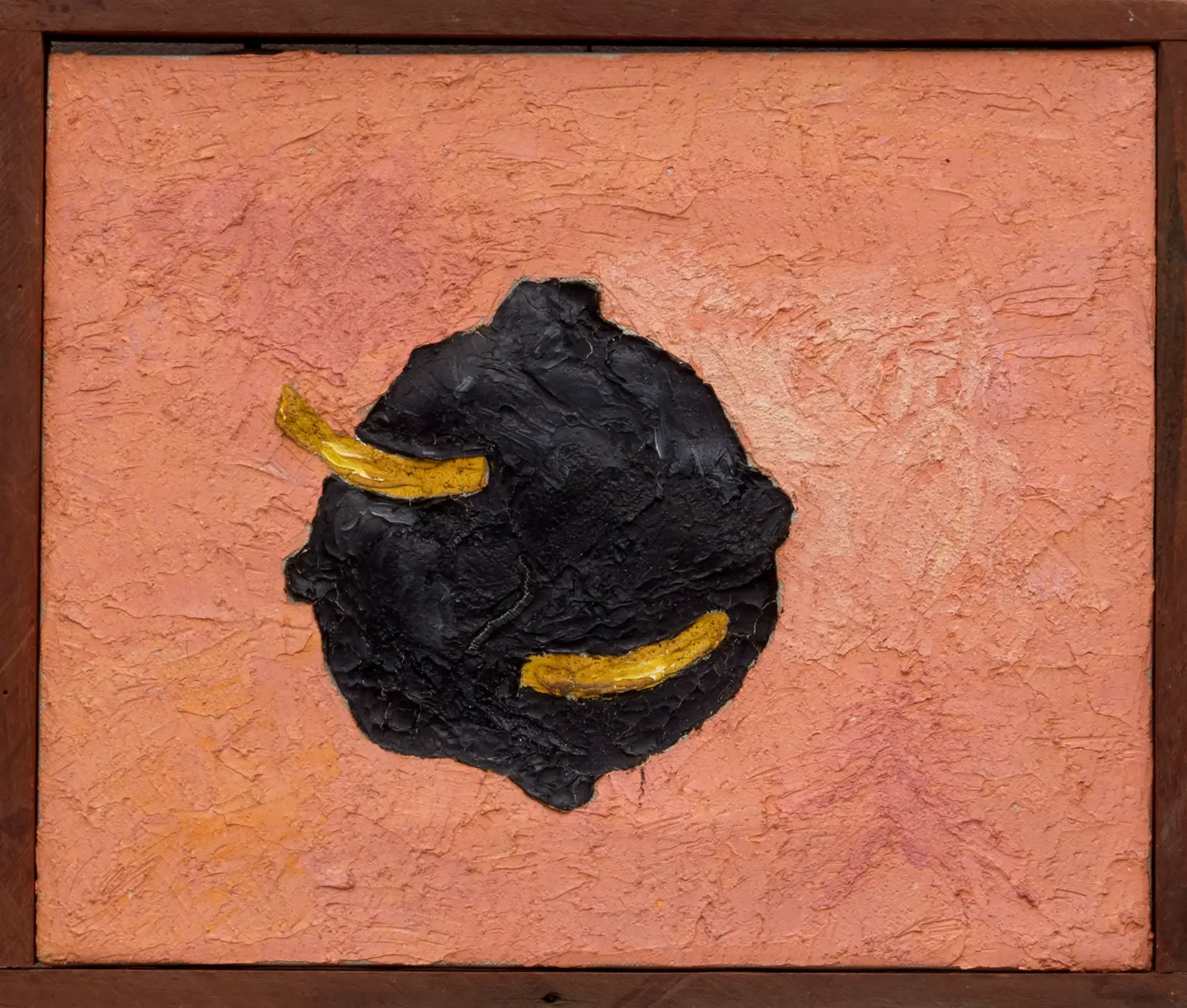
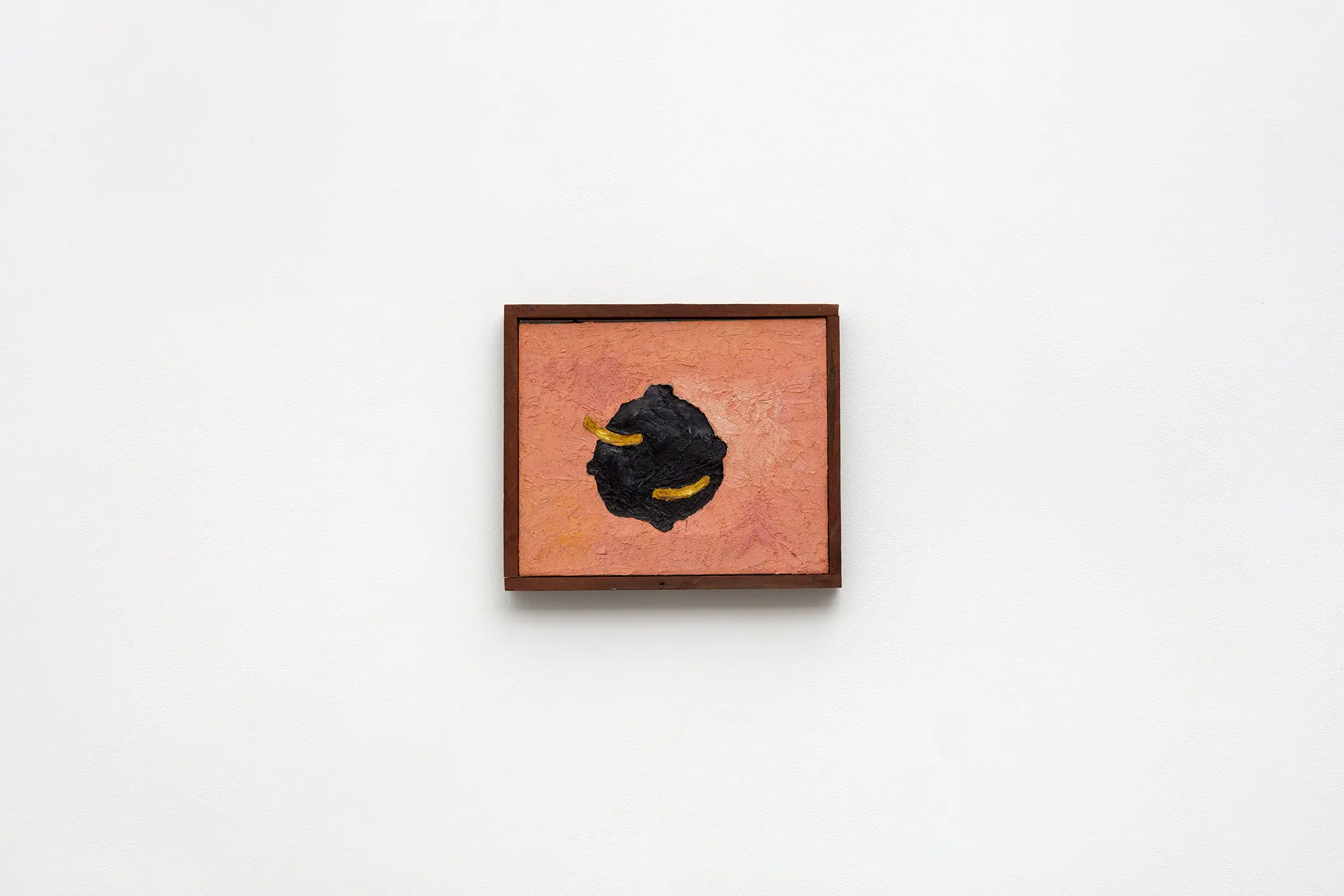

oil on canvas, 28.6 x 33.7 cm, 11 1/4 x 13 1/4 in
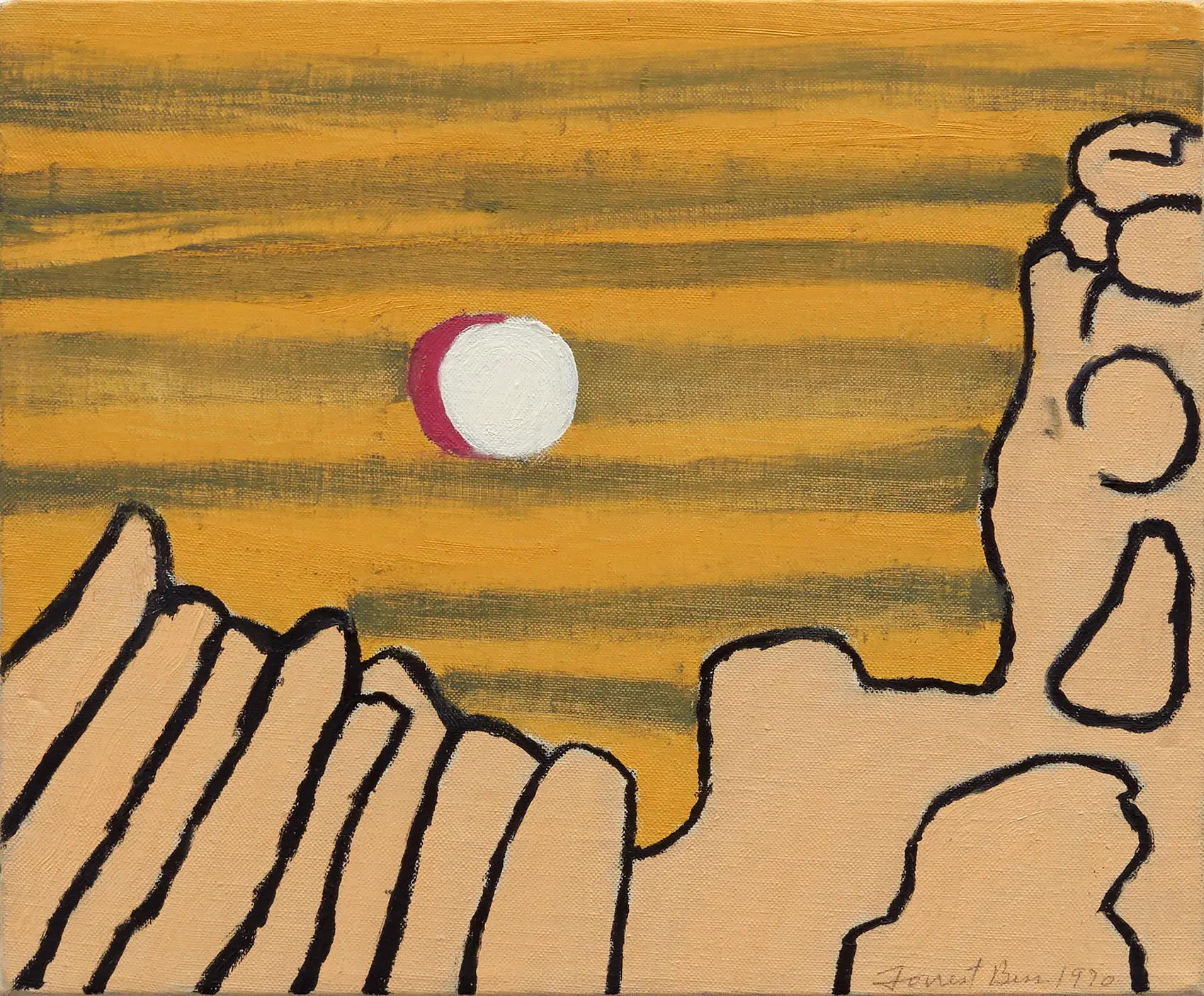

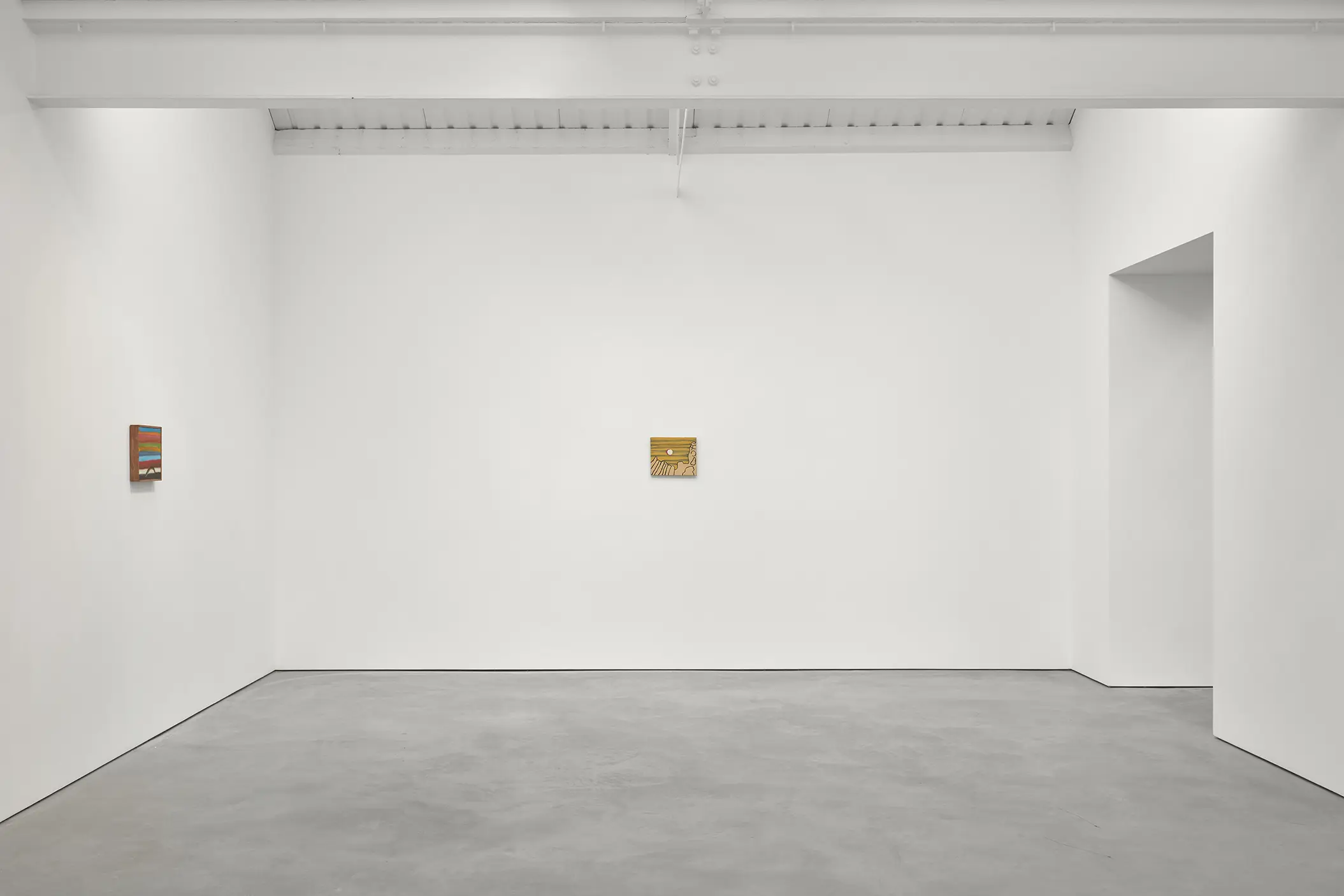
oil on canvas, 25.7 x 31.1 cm, 10 1/8 x 12 1/4 in
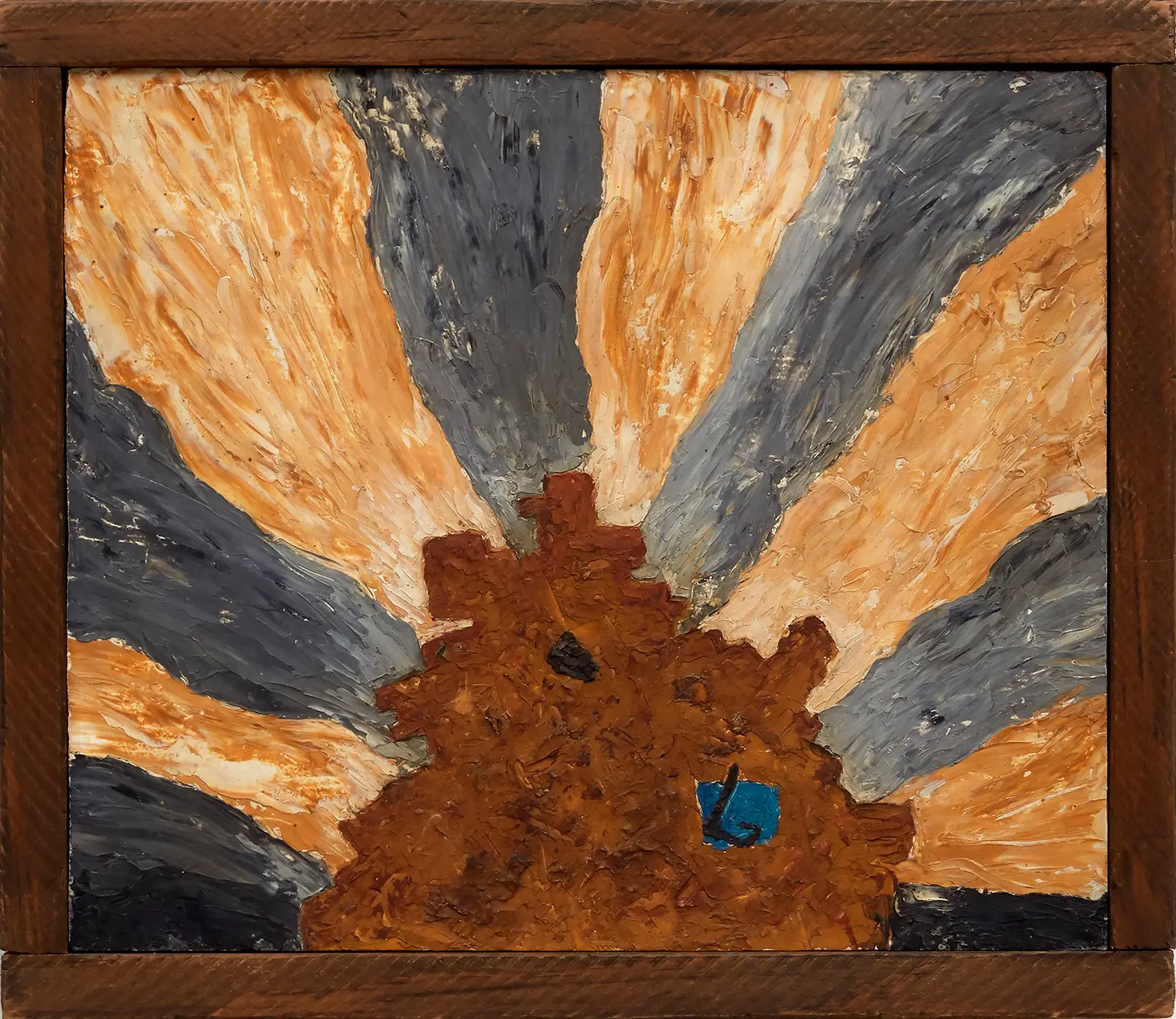
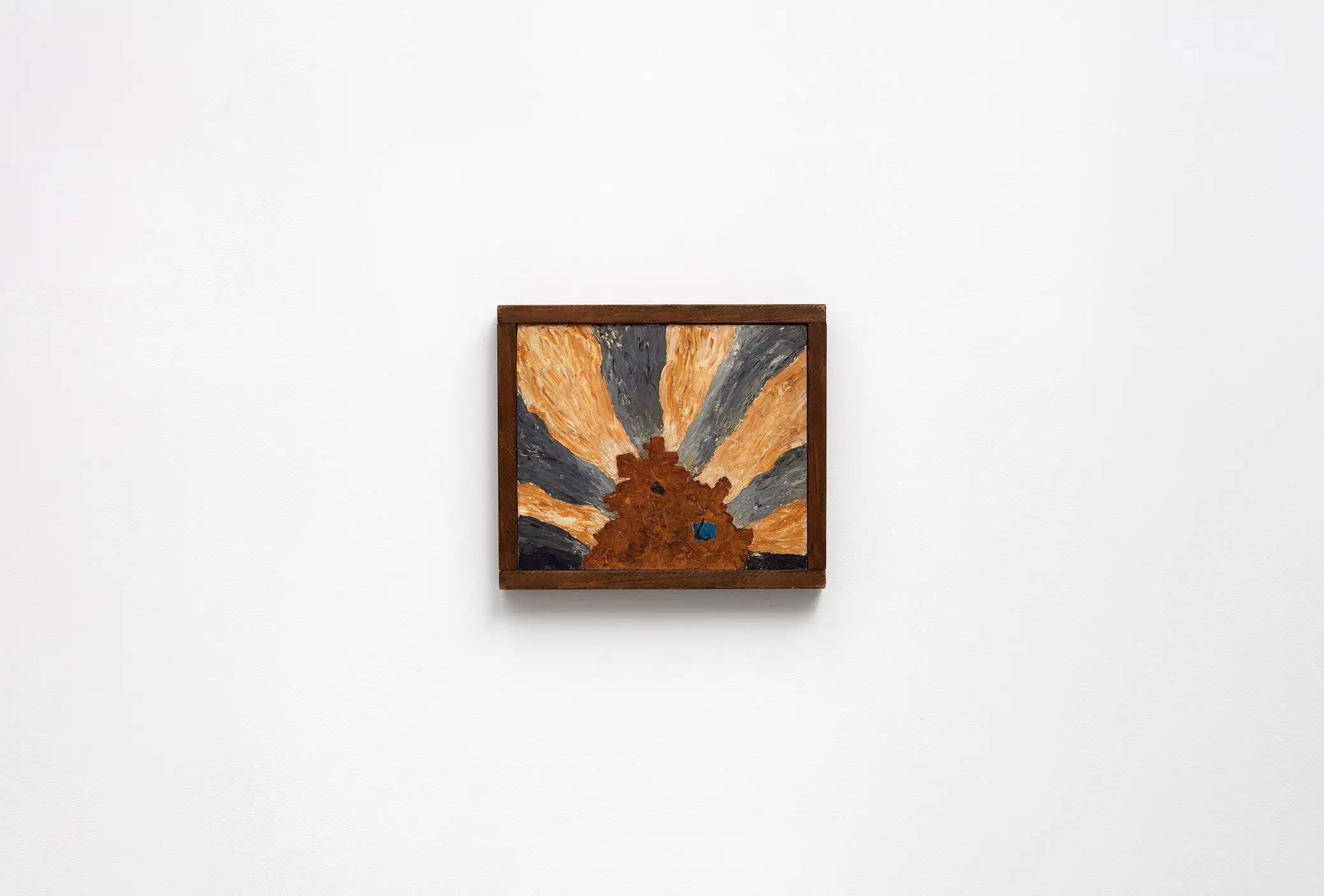
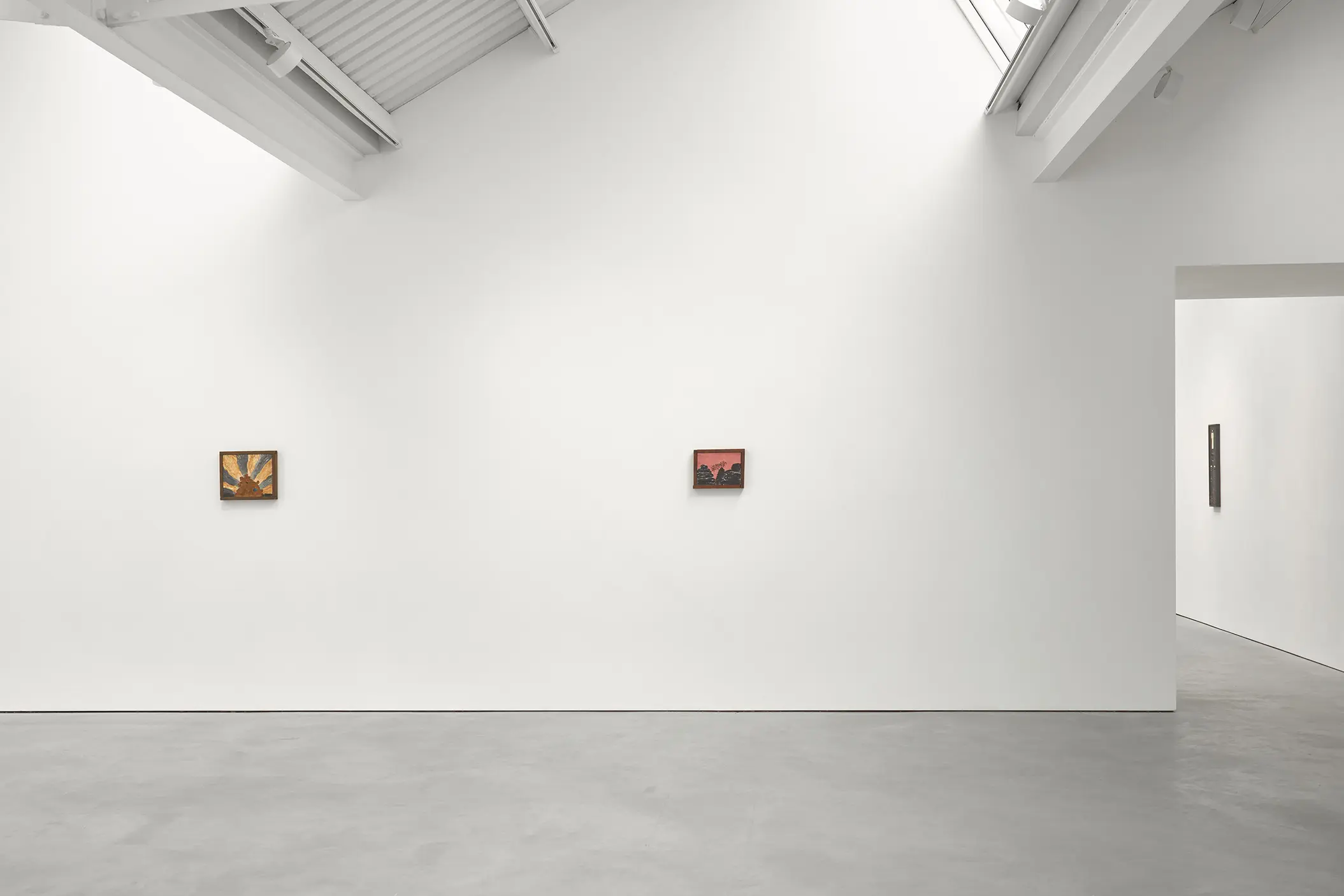
oil on Masonite, 29.5 x 34.8 cm 11 5/8 x 13 3/4 in

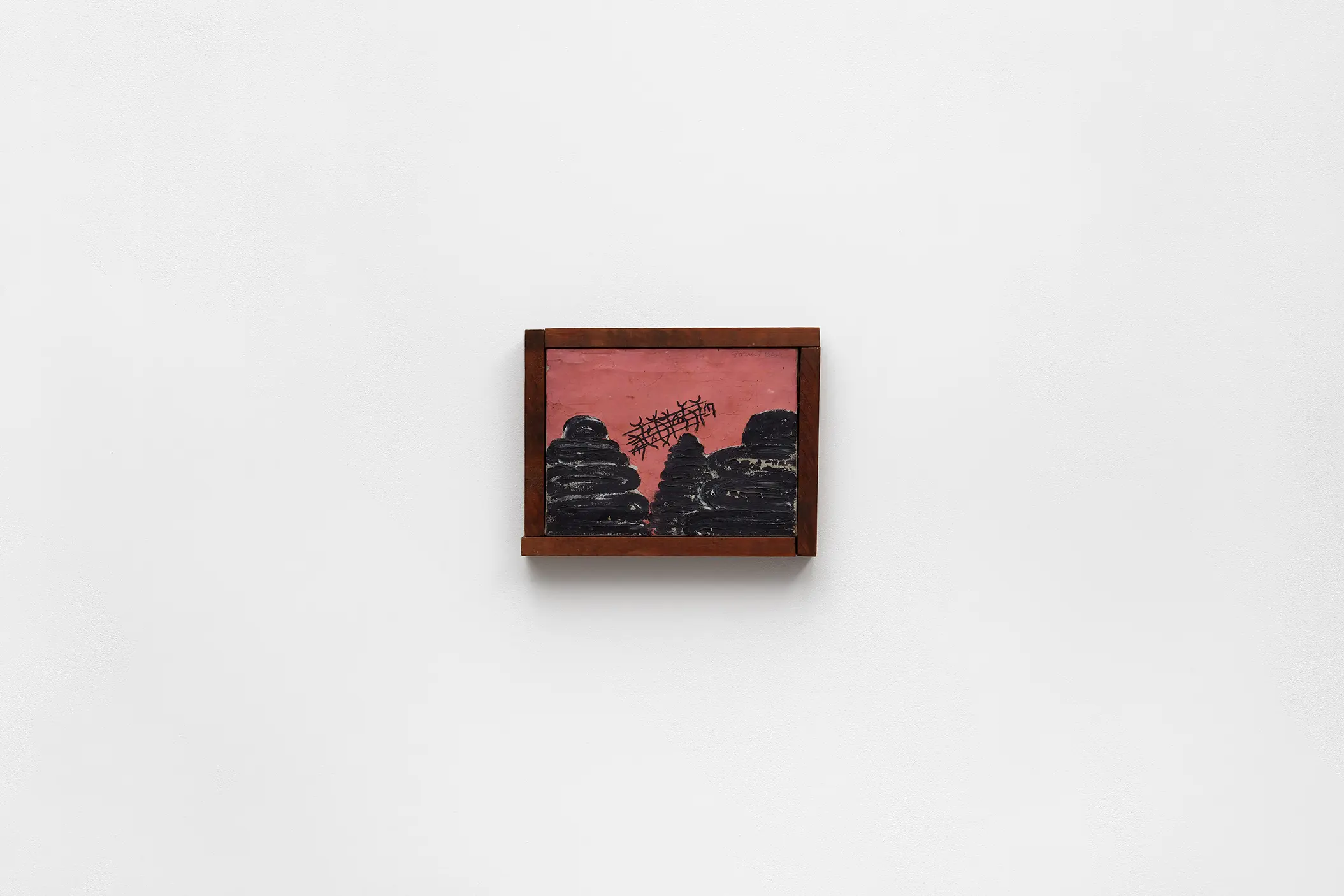

oil on canvas, 23.1 x 30.5 cm, 9 1/8 x 12 1/8 in
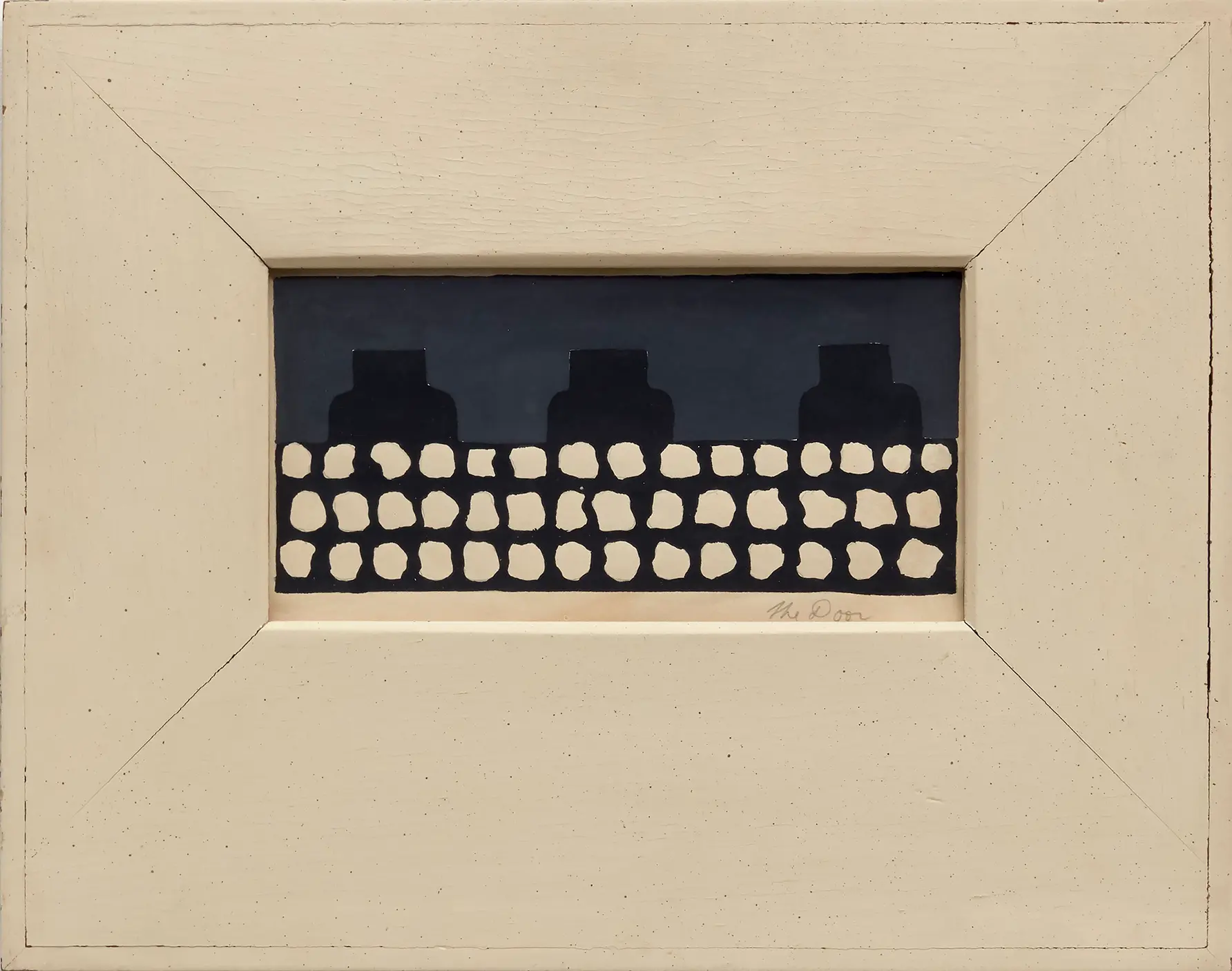
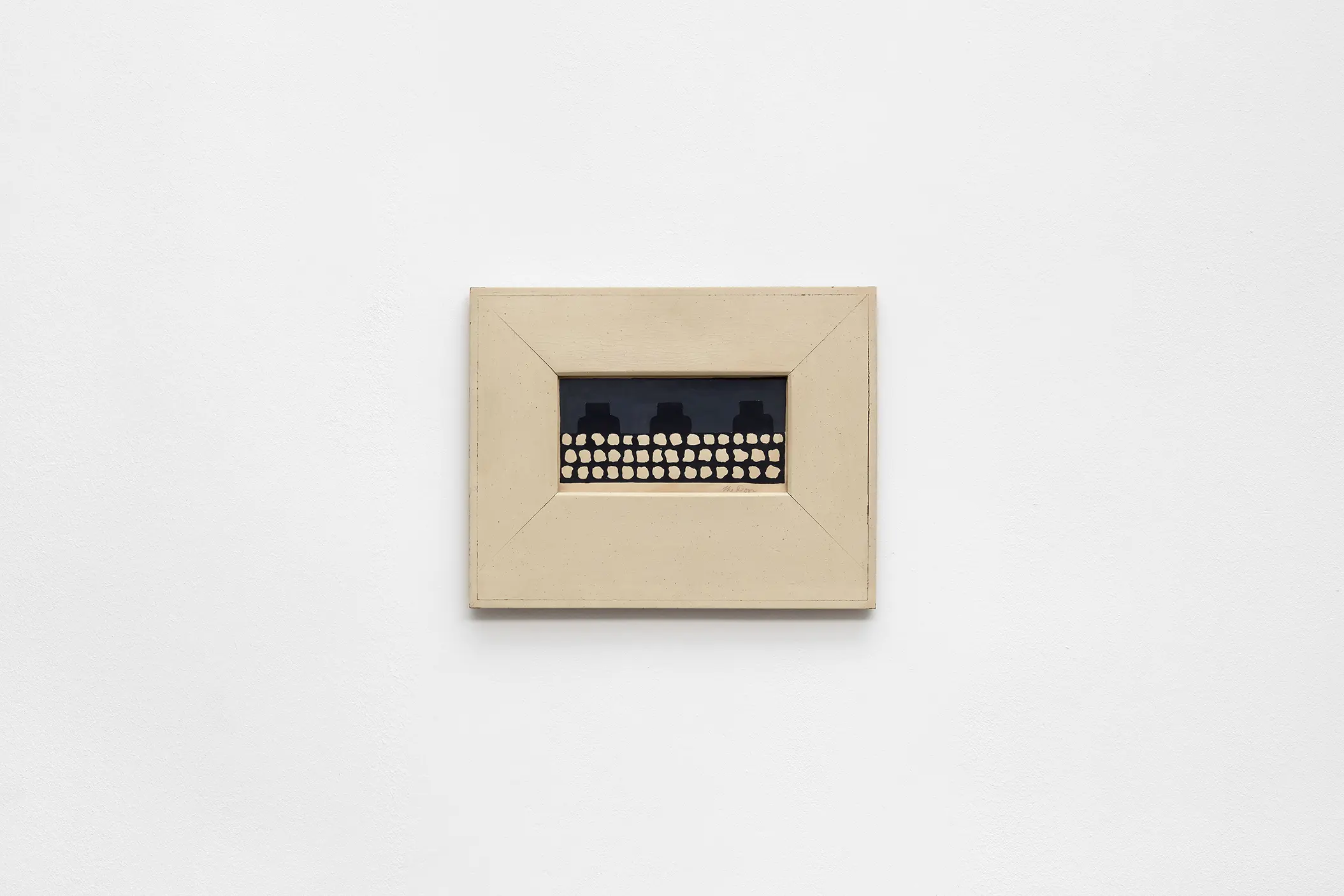

watercolour on paper, 30 x 38.5 cm, 11 3/4 x 15 1/8 in
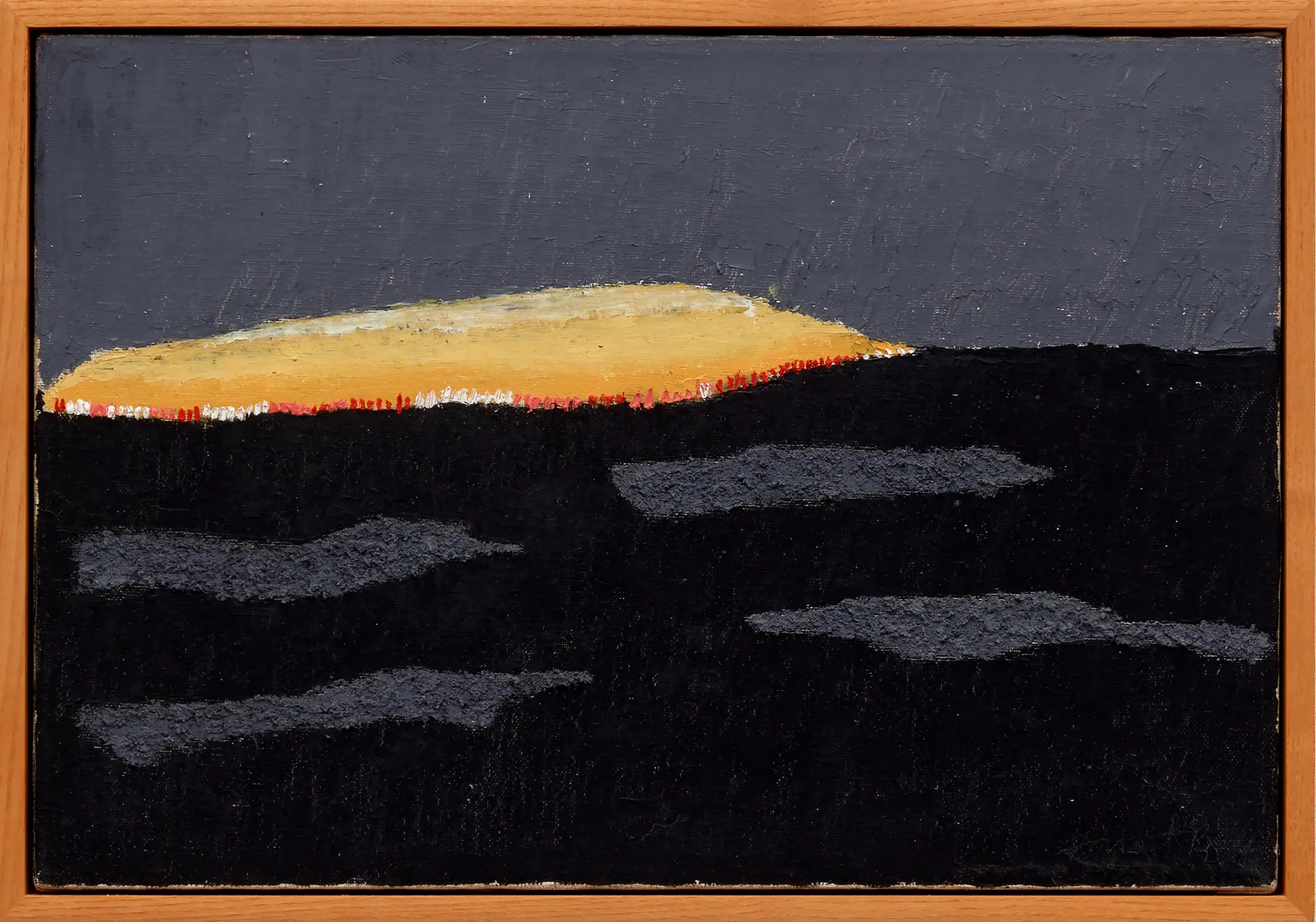
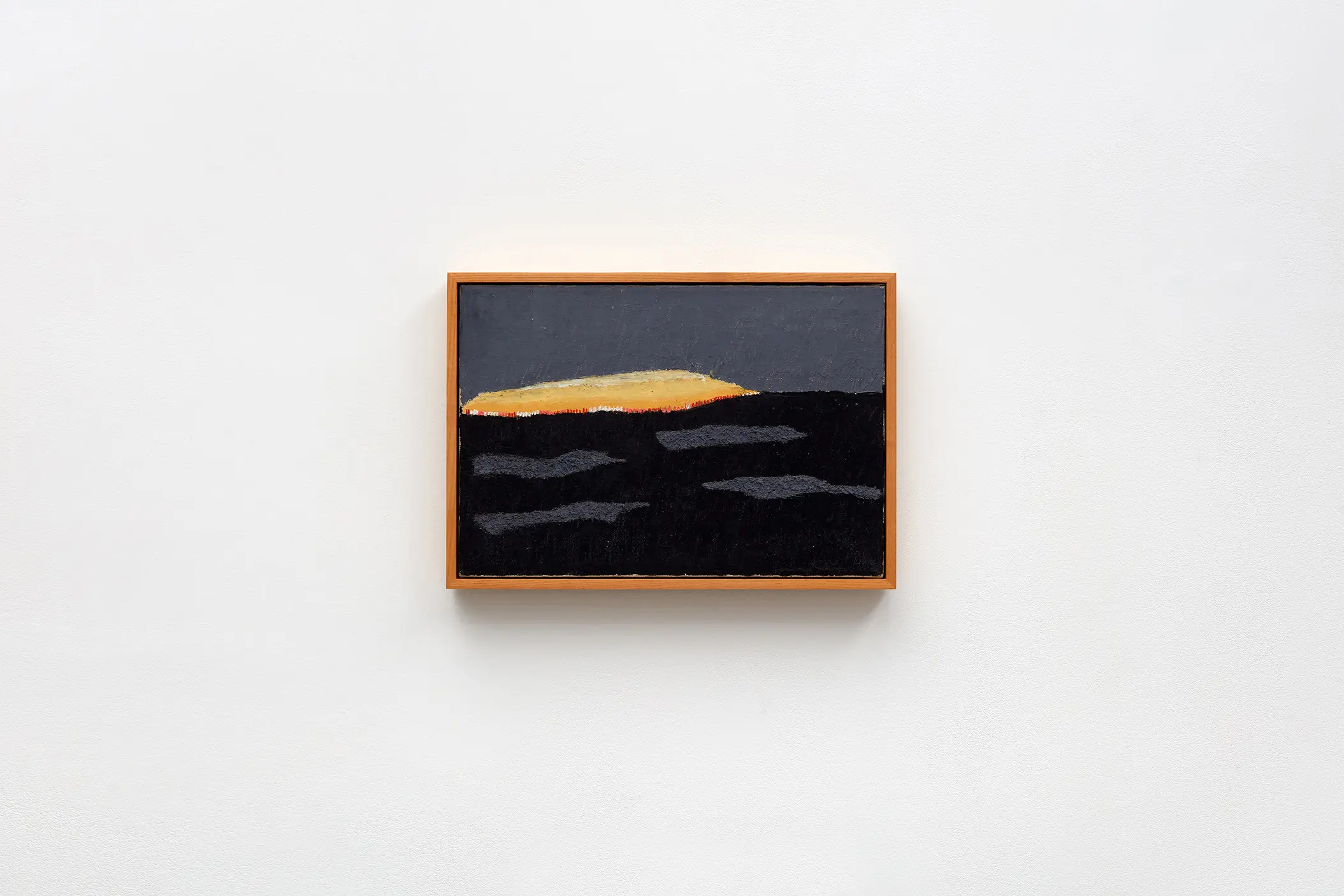
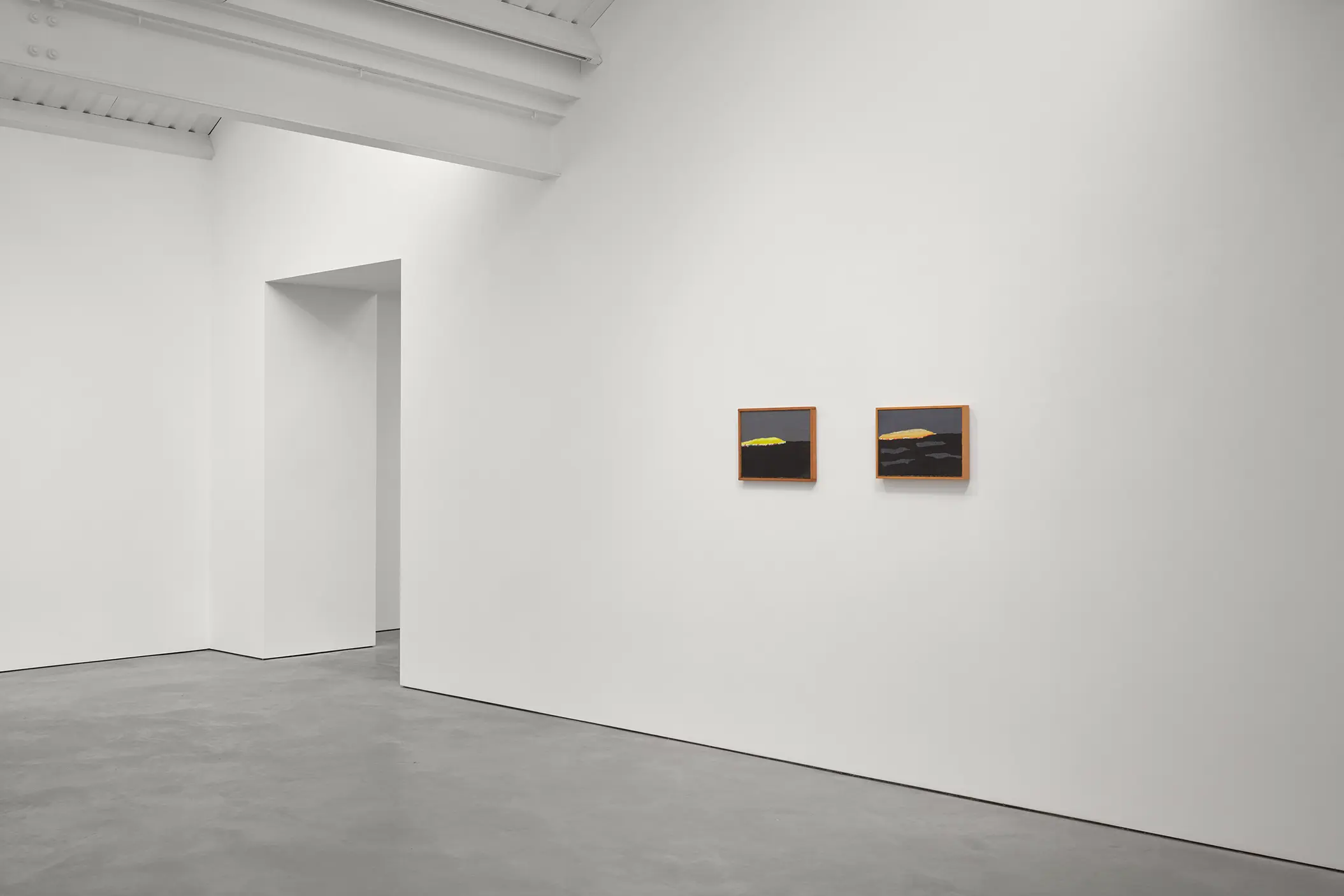
oil on canvas, 30.2 x 43.2 cm 11 7/8 x 17 1/8 in
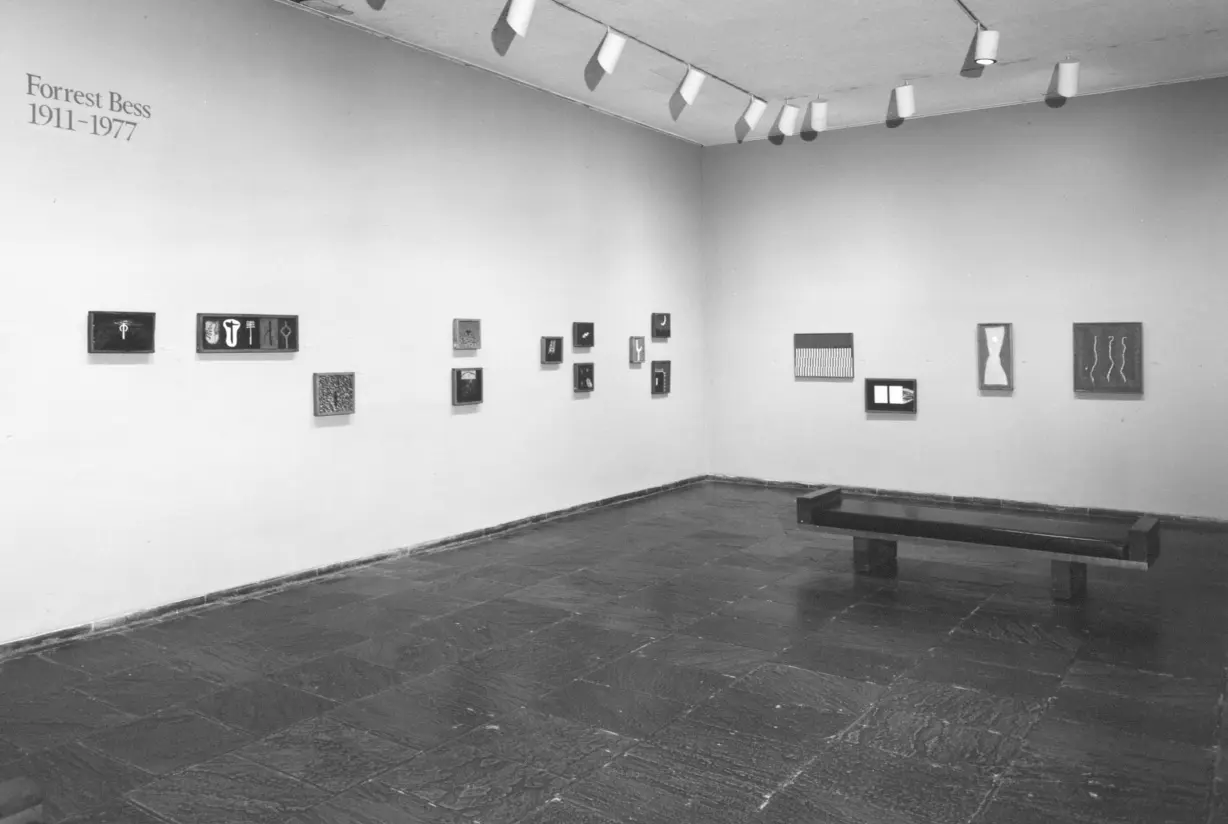

Press
Biography
Forrest Bess
Born in Bay City, TX, USA, 1911 Died in Bay City, TX, USA, 1977
